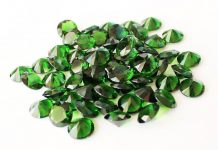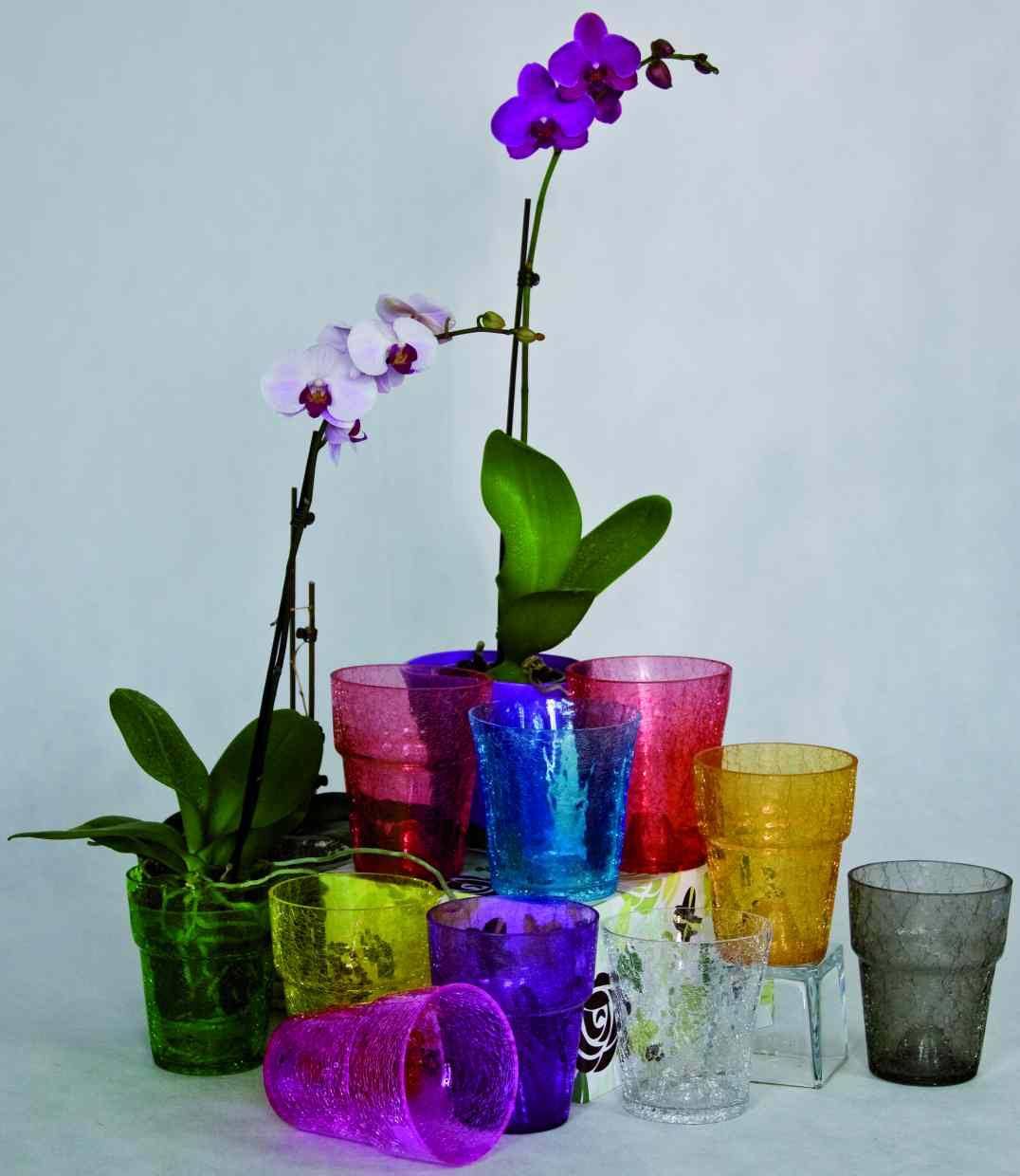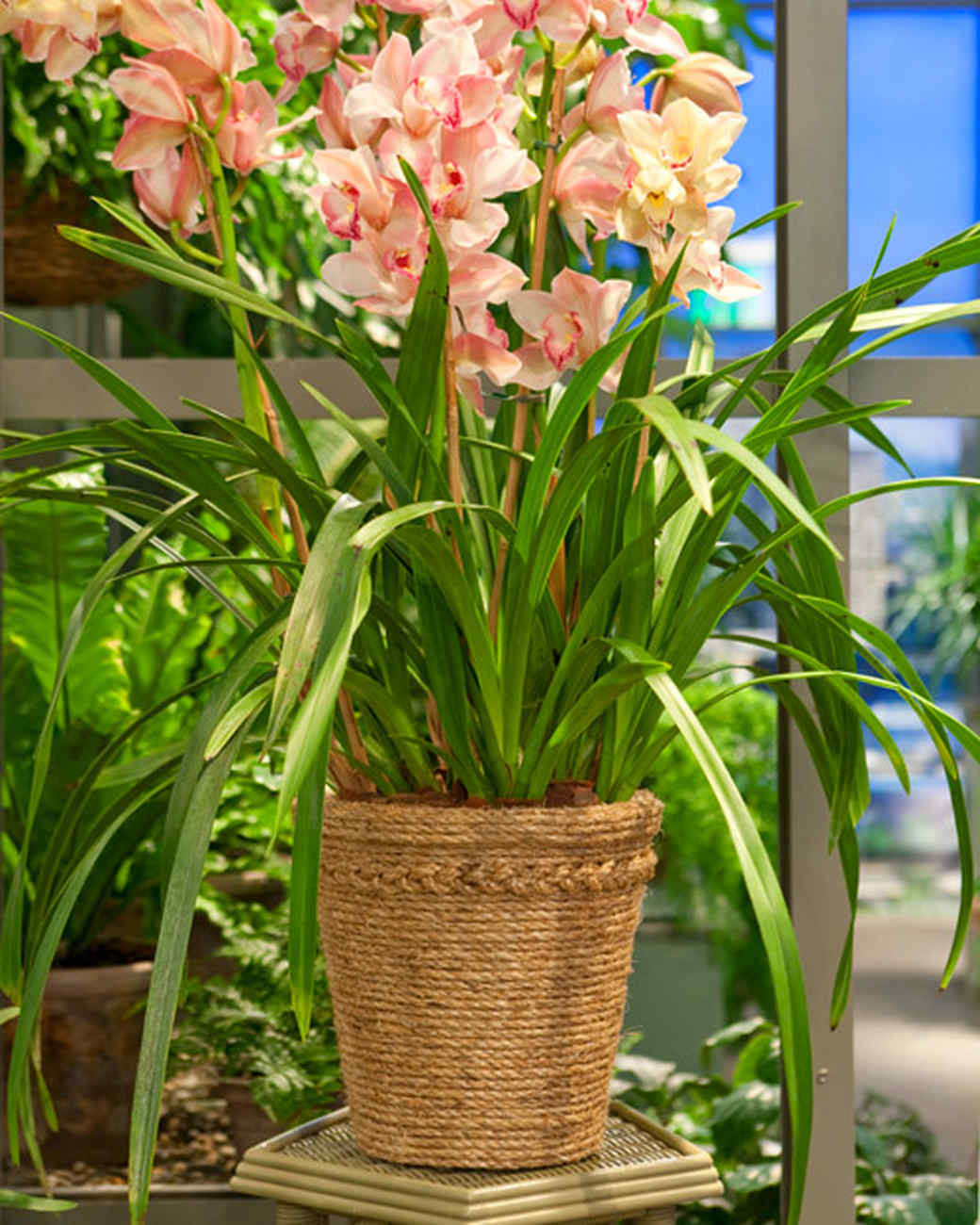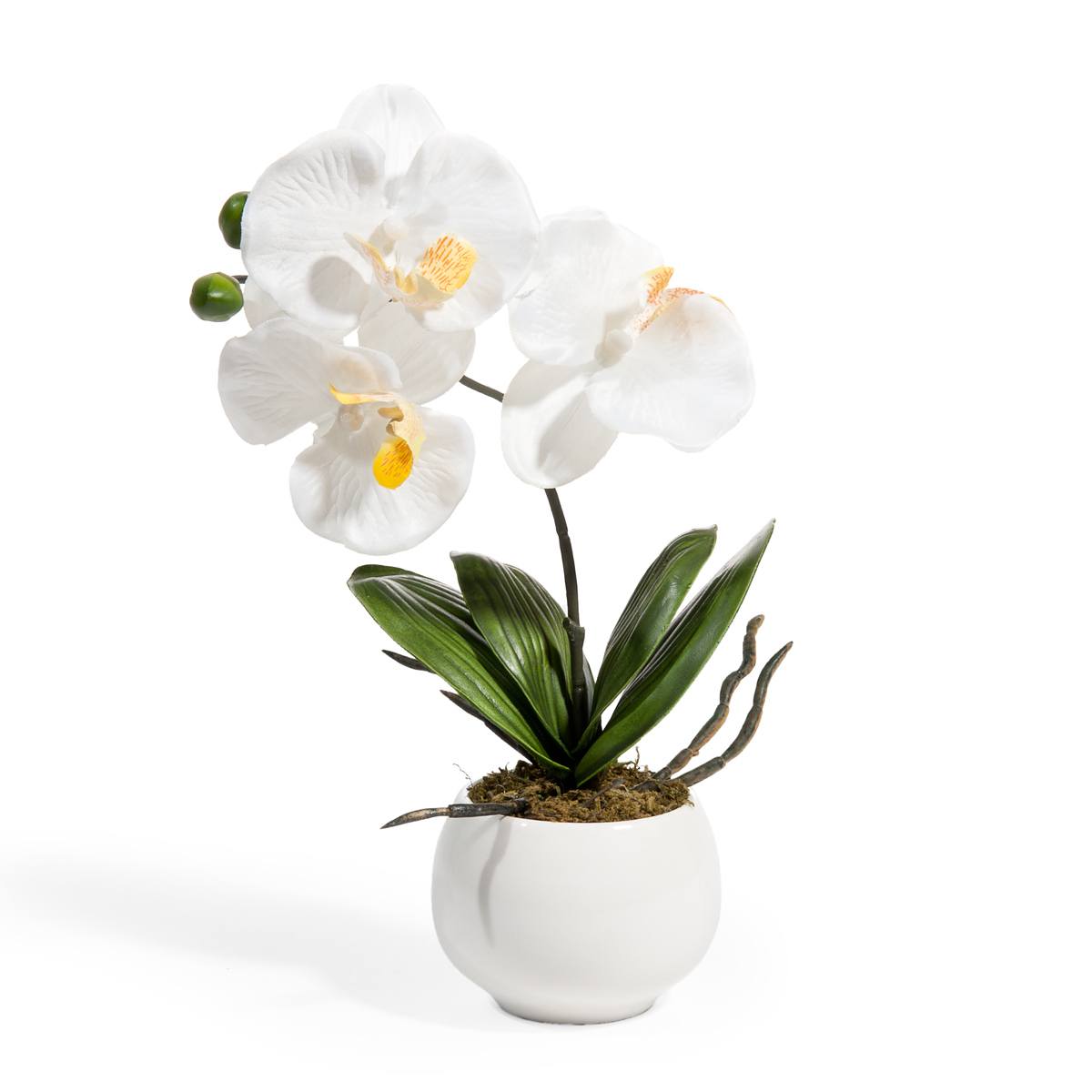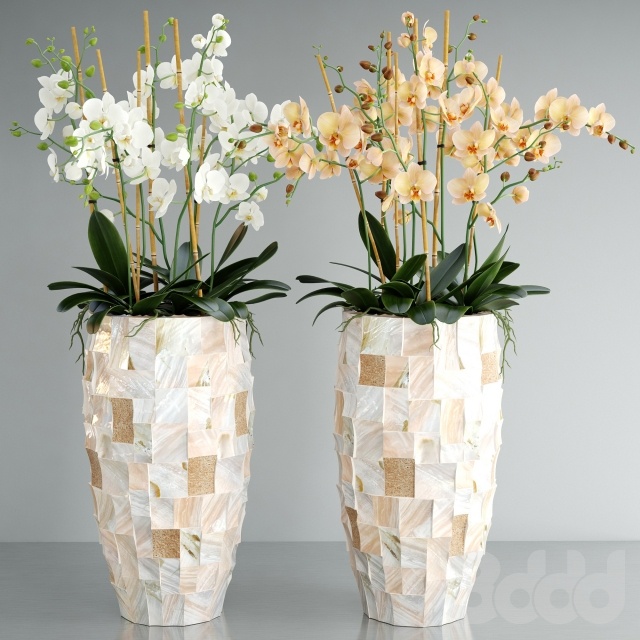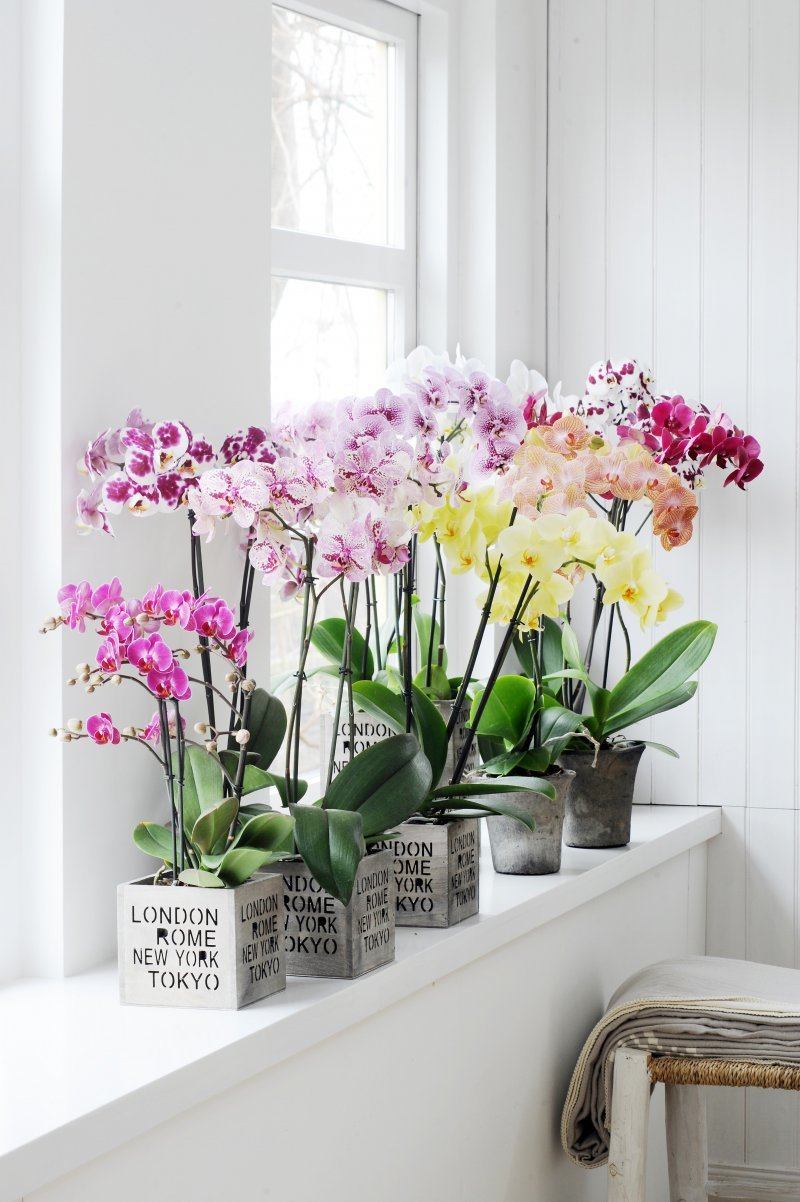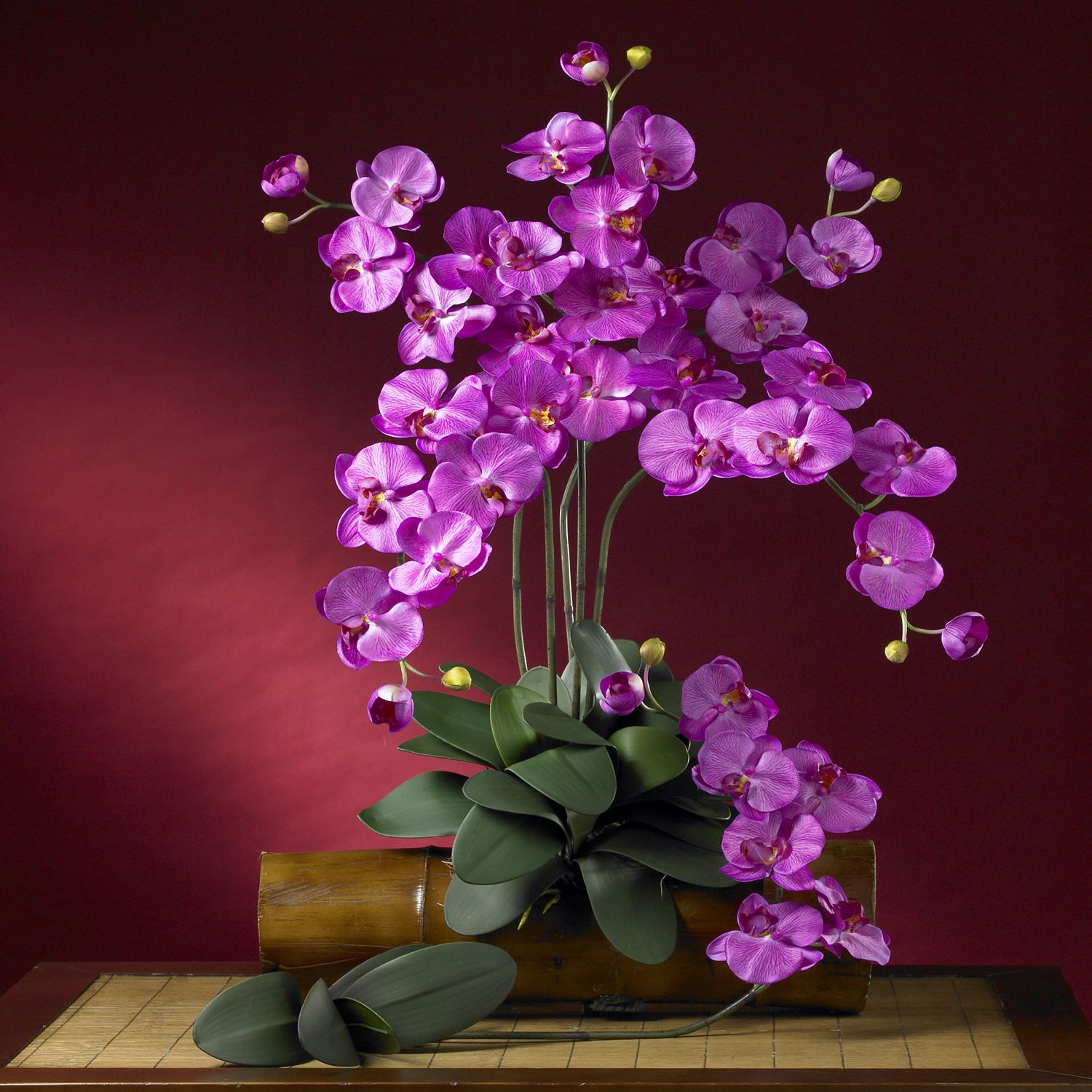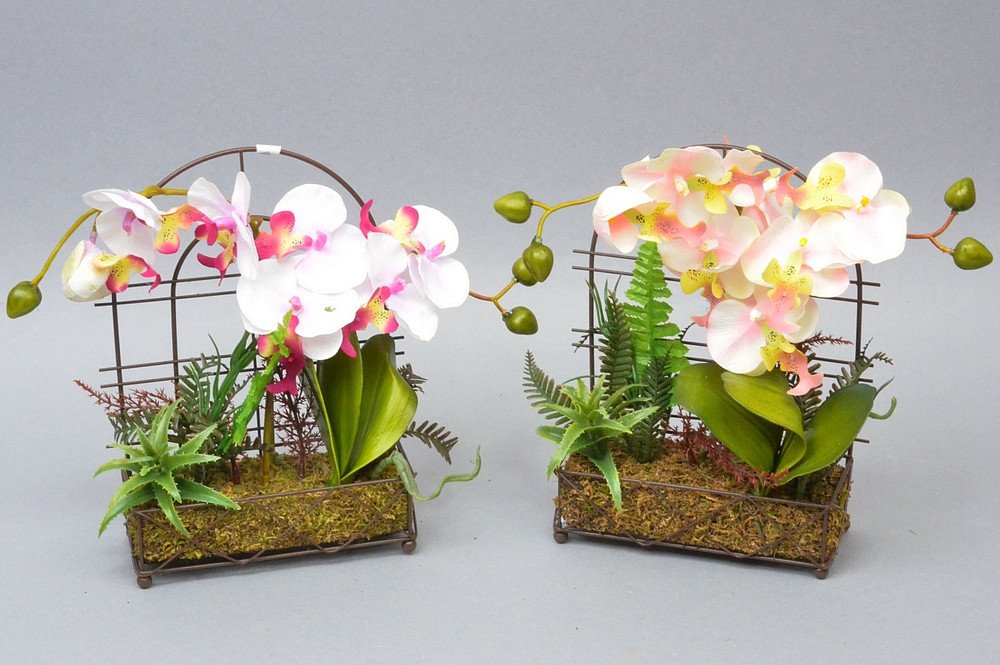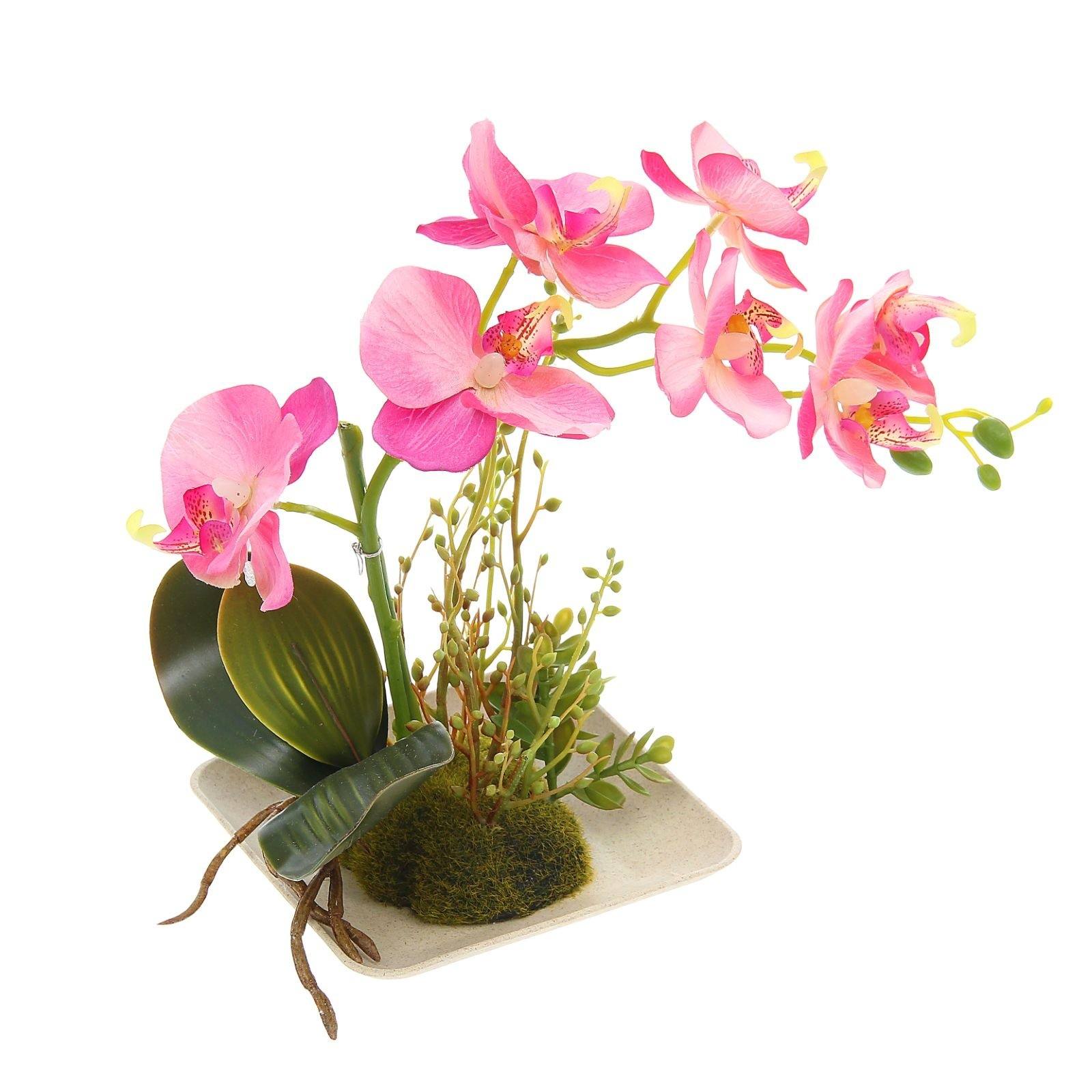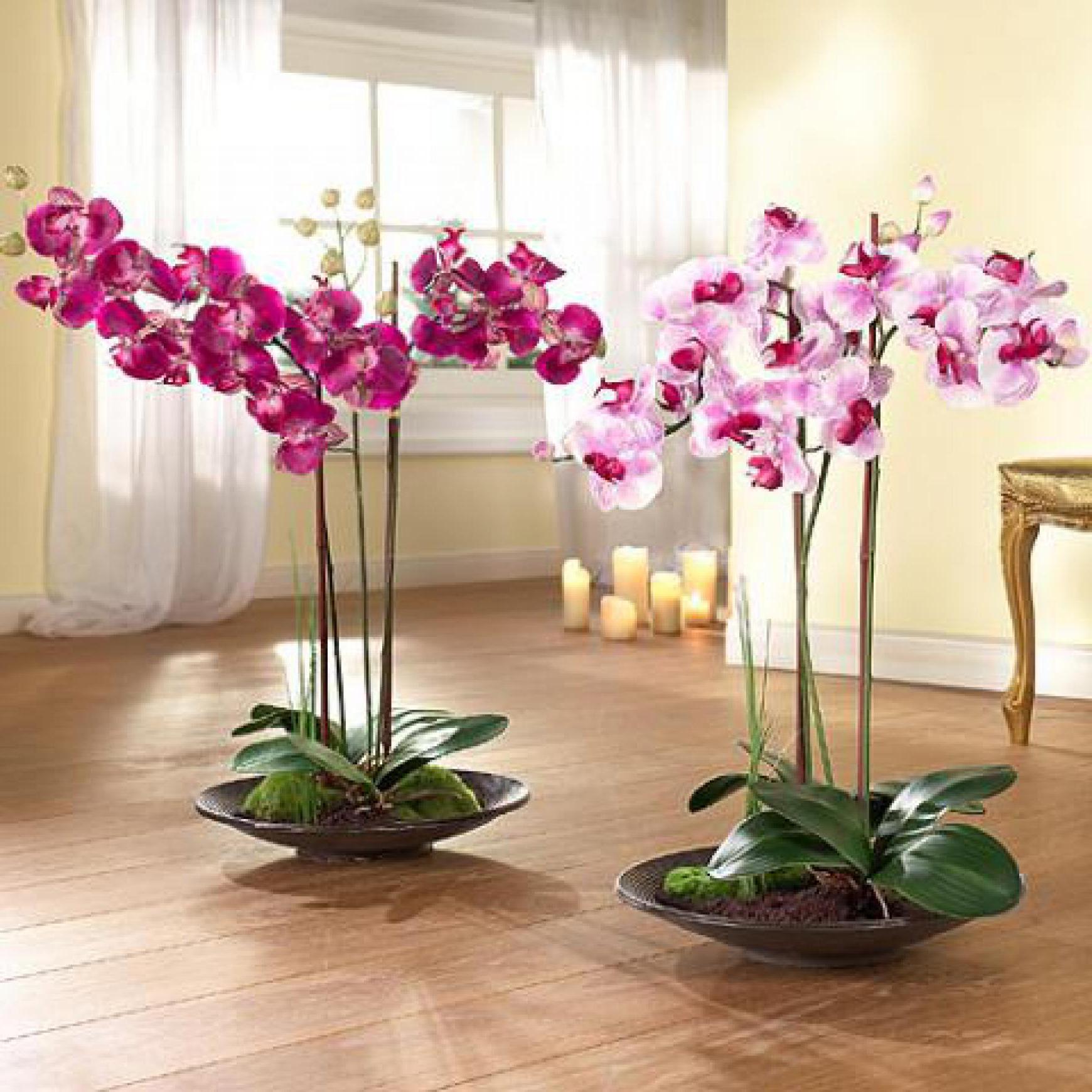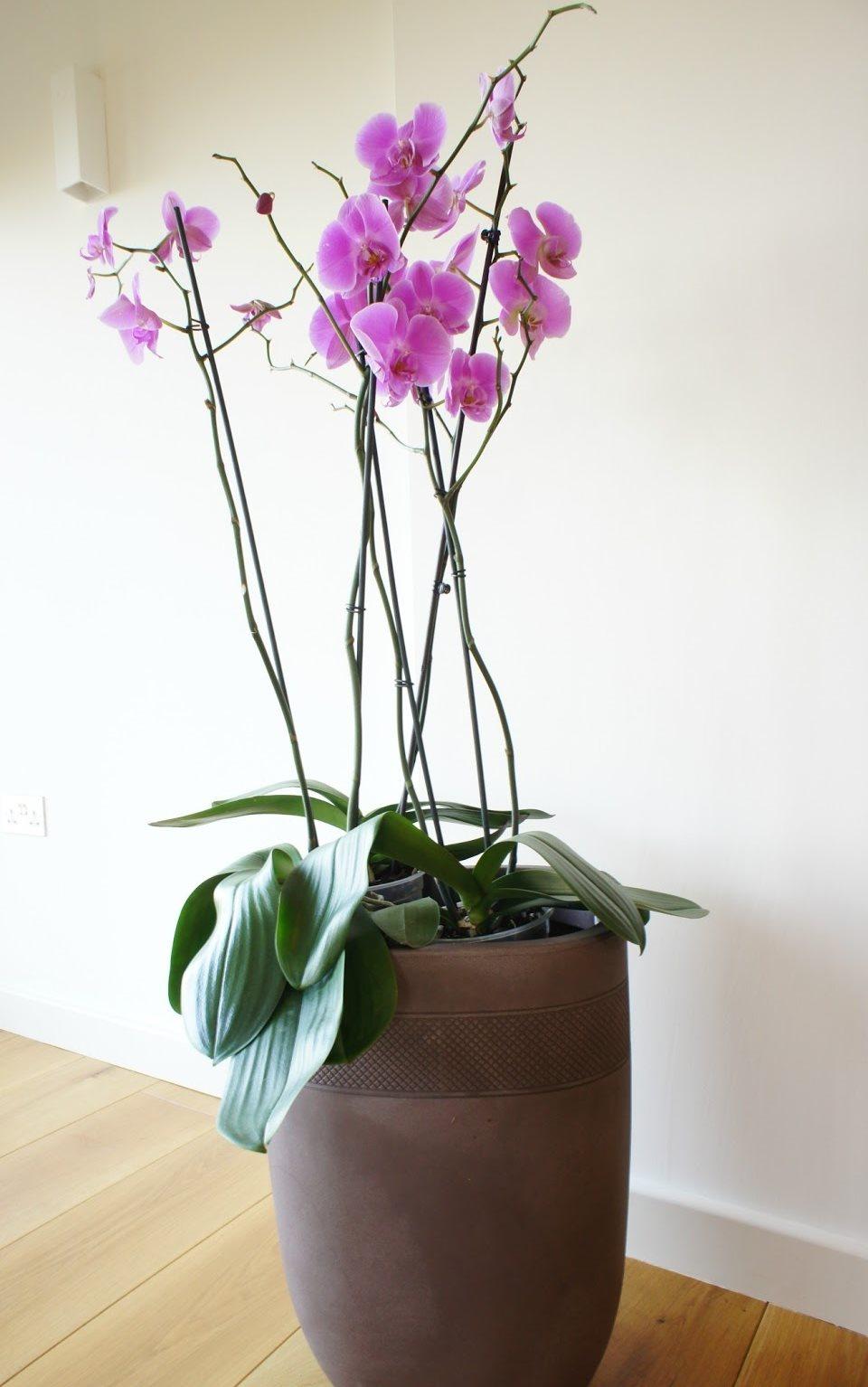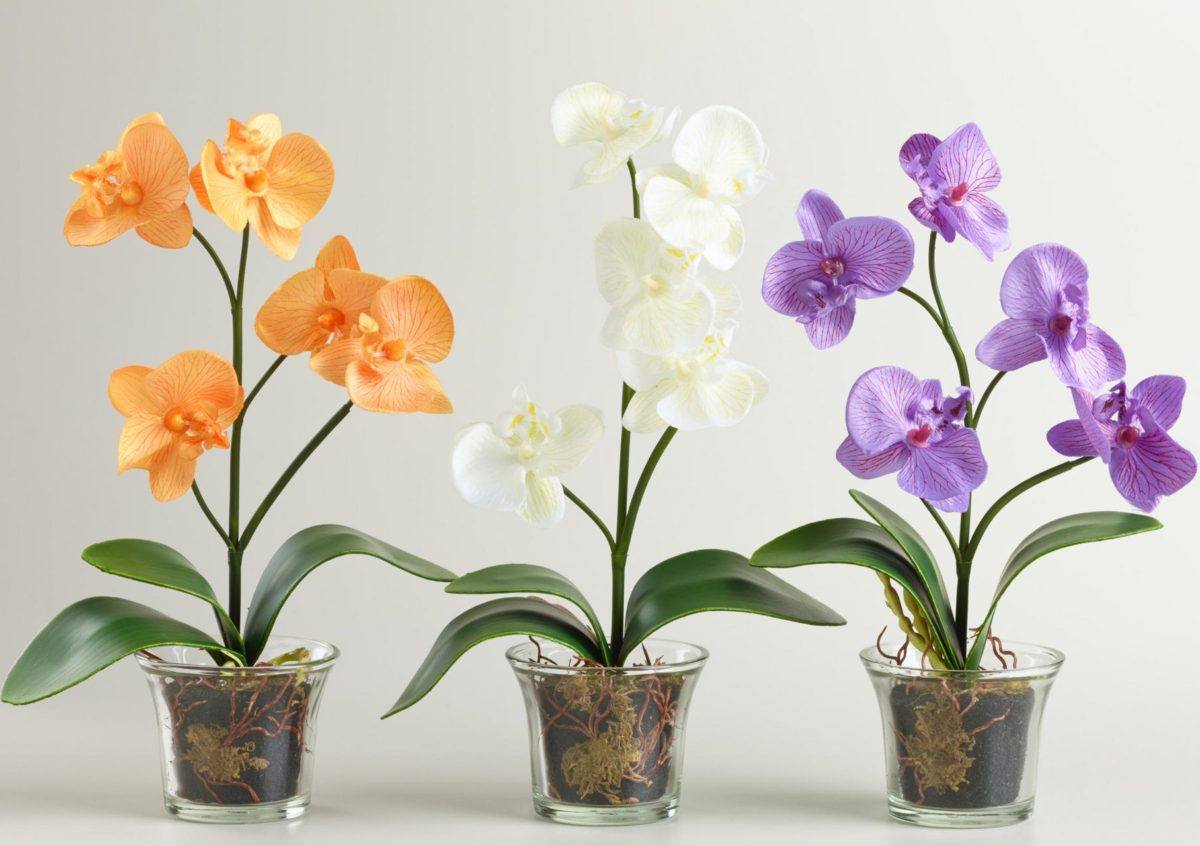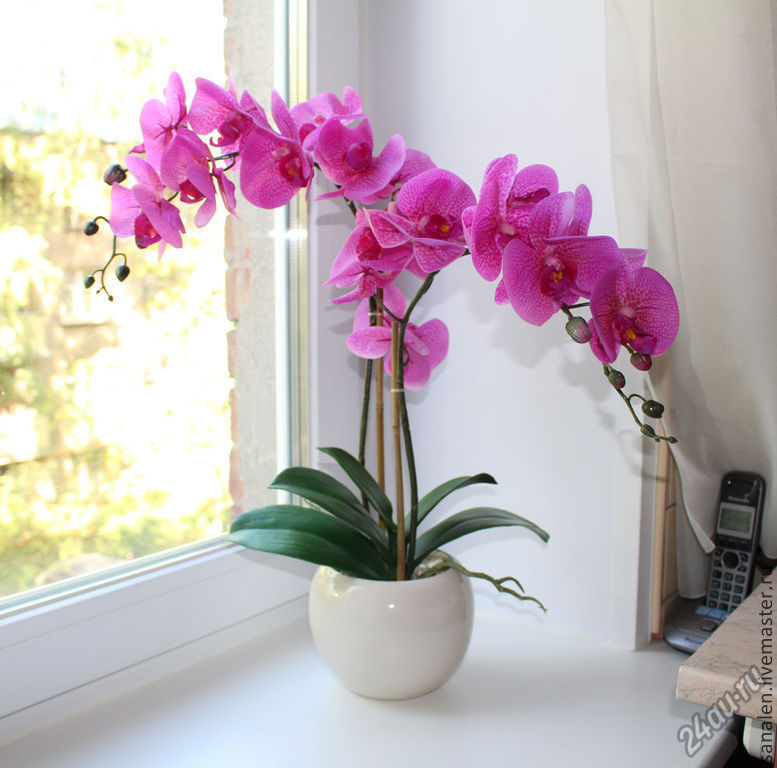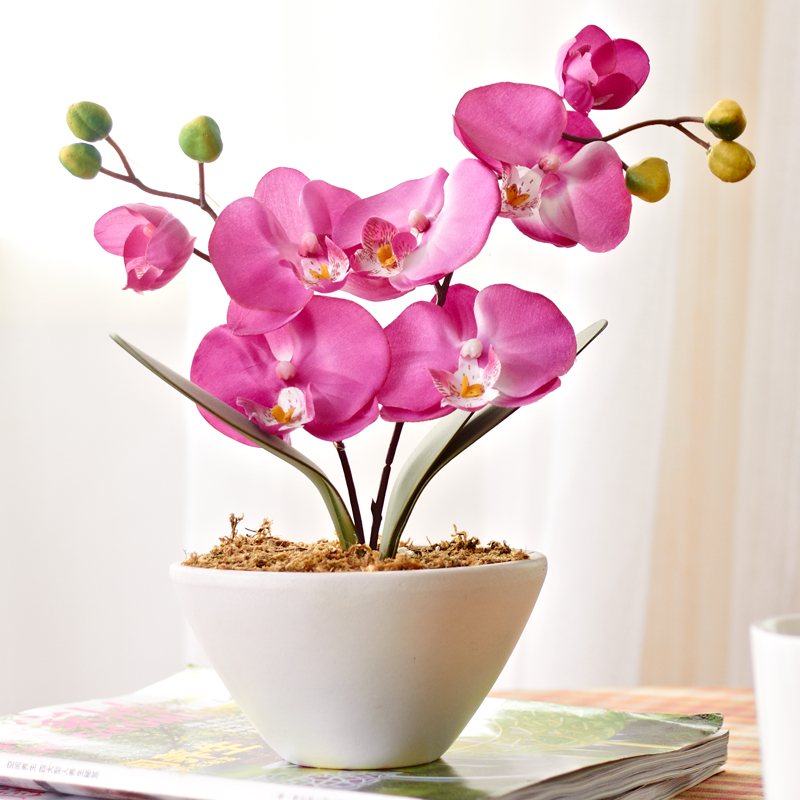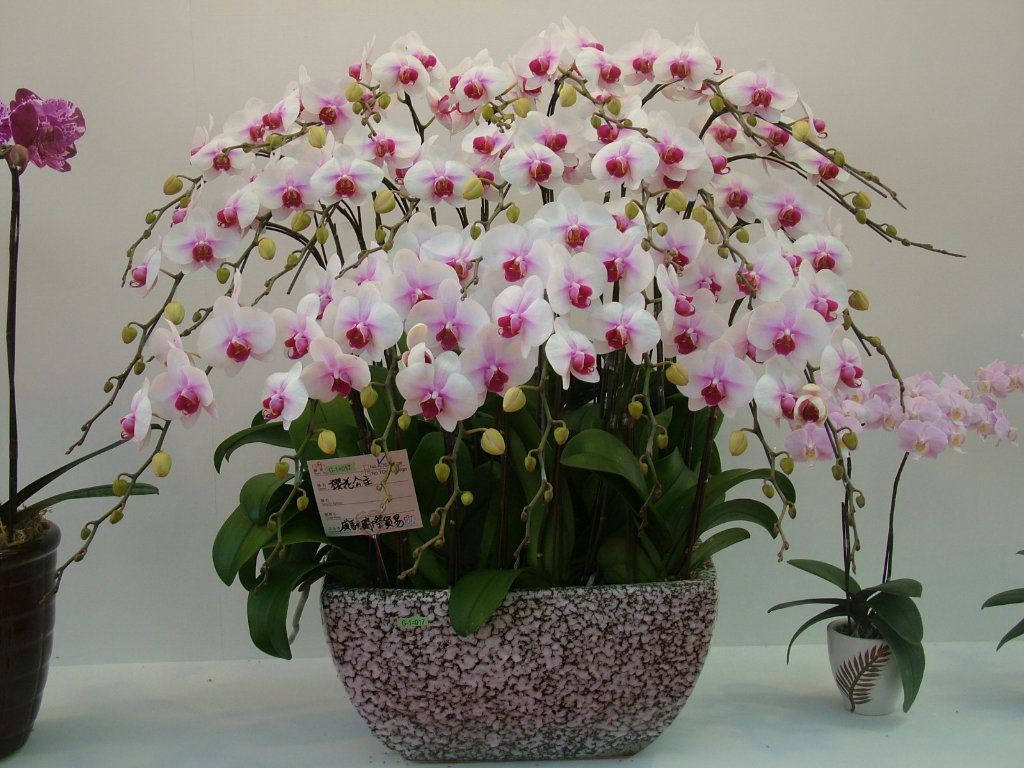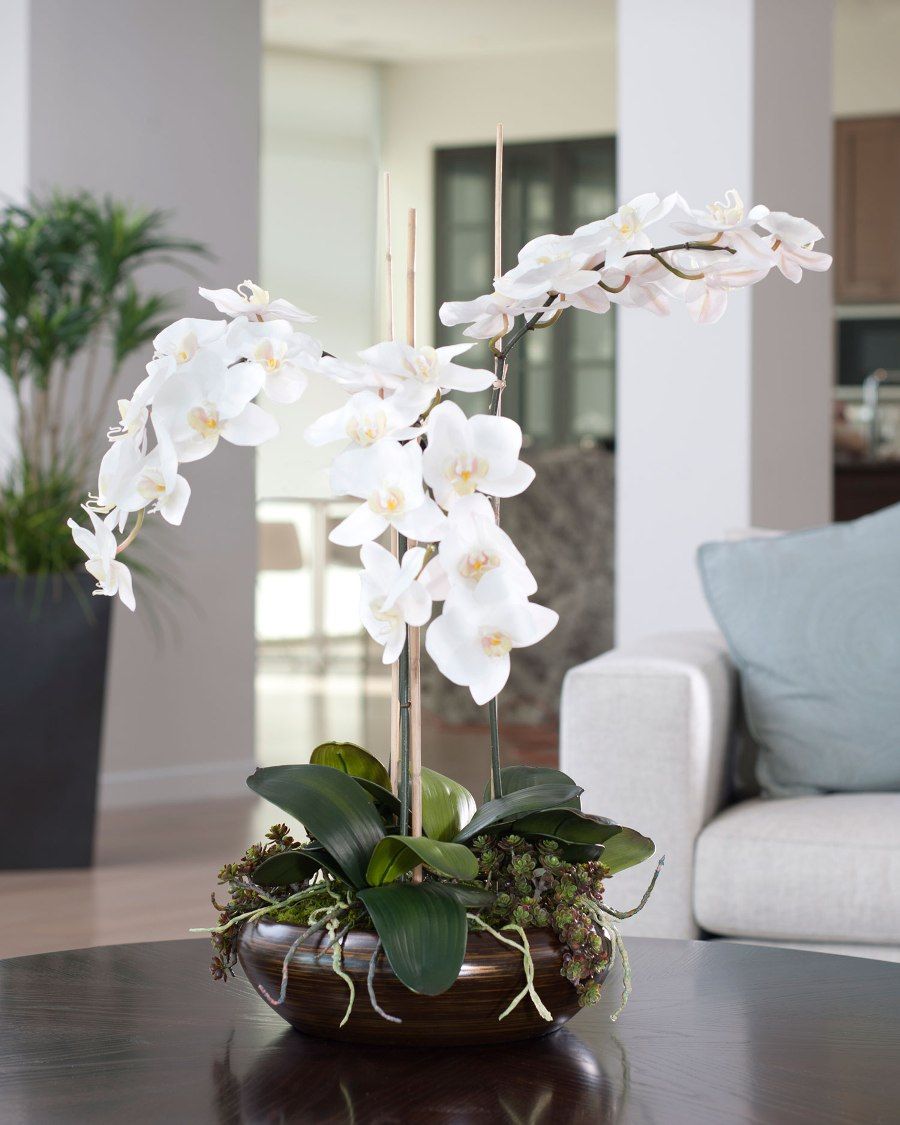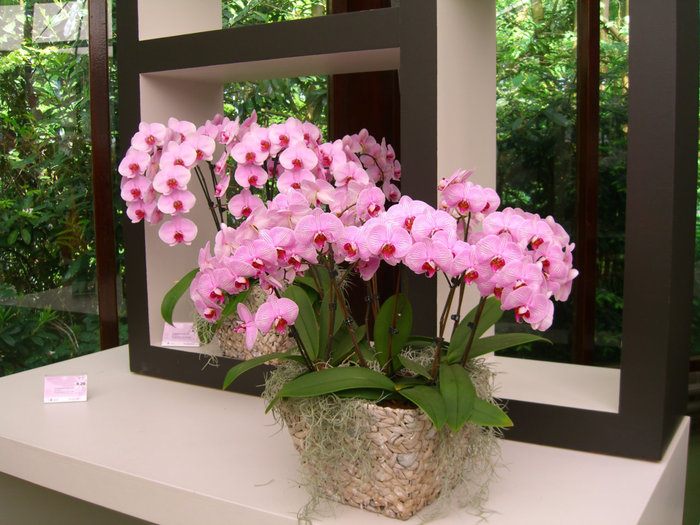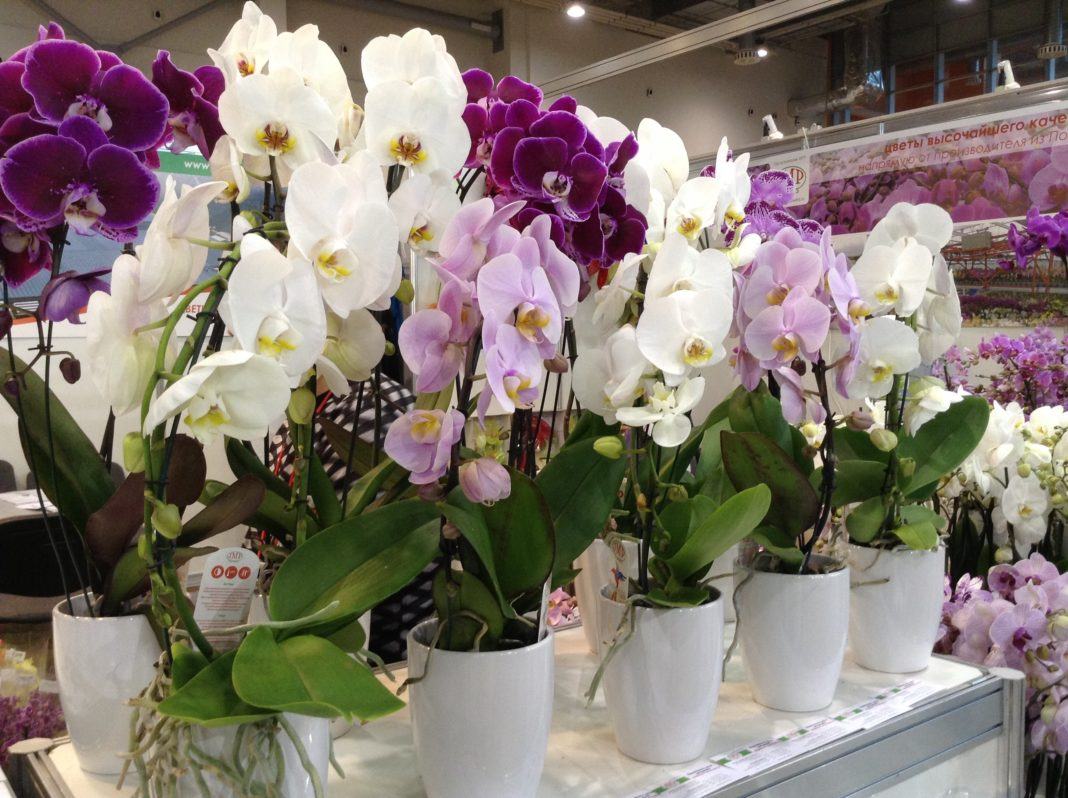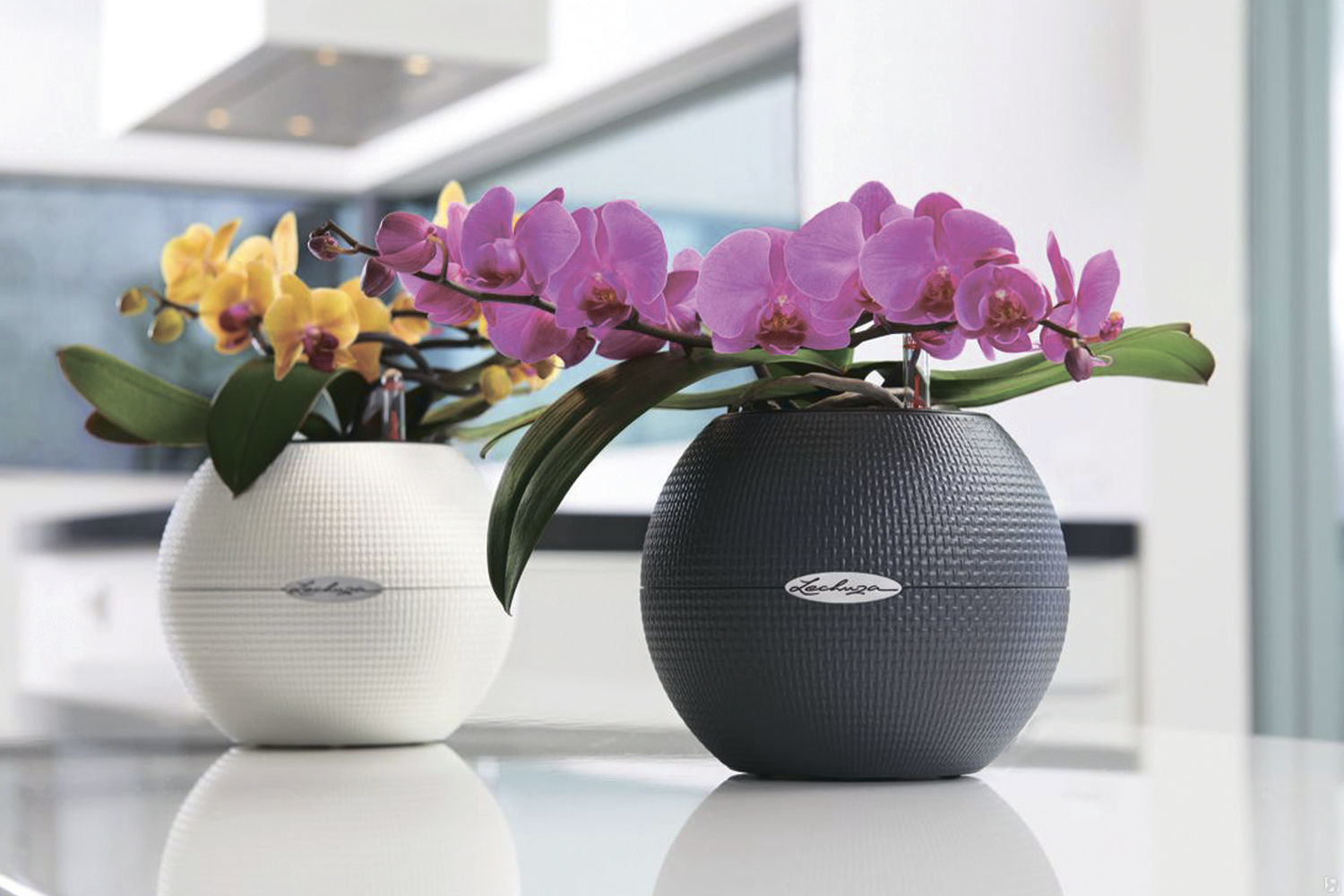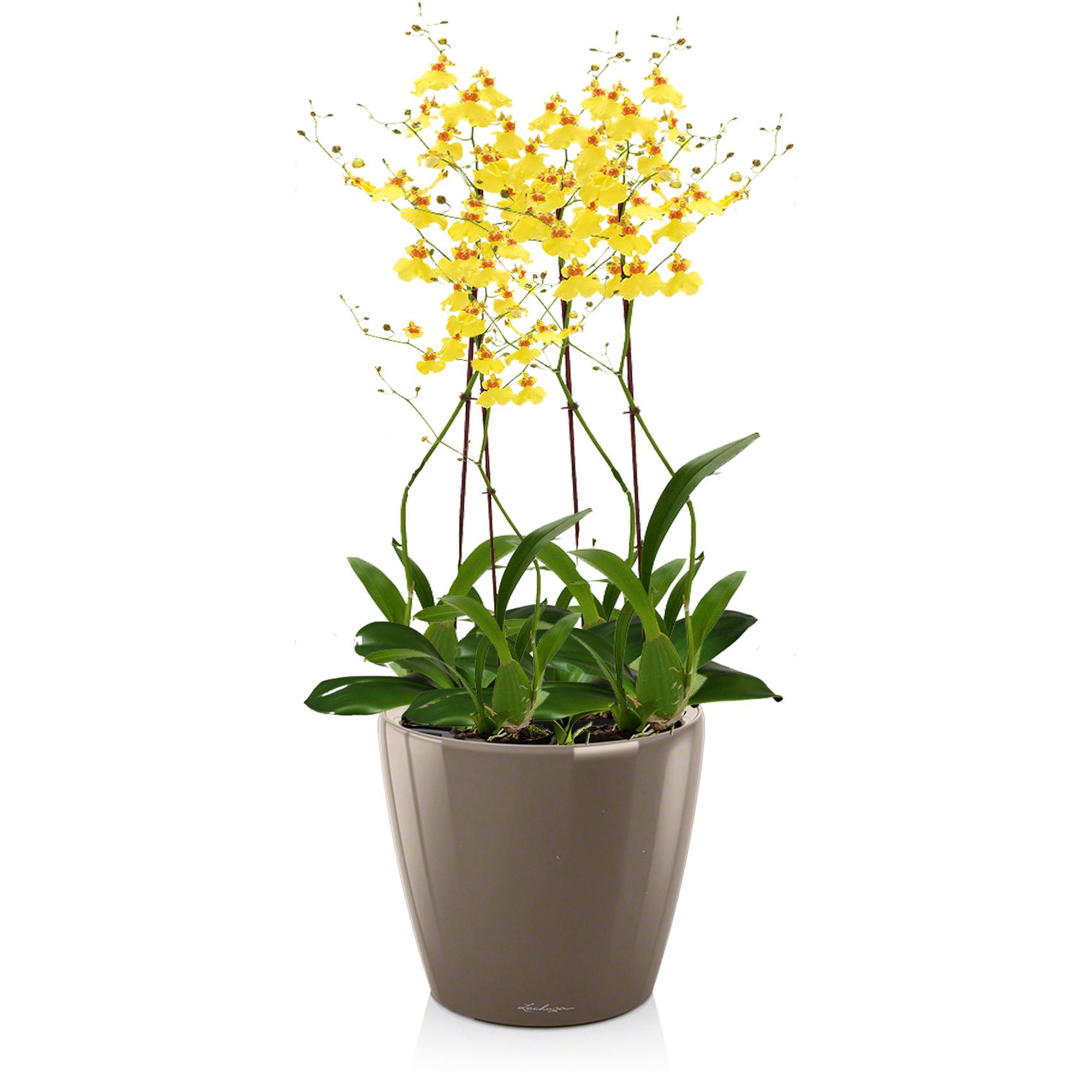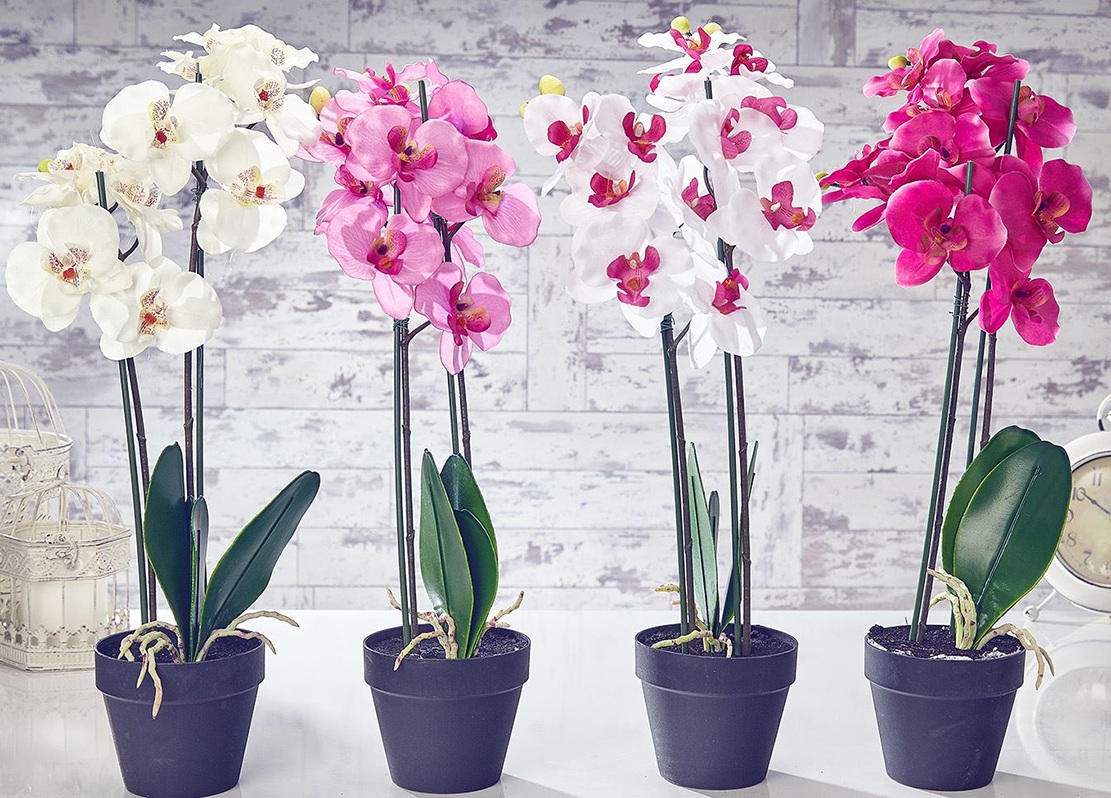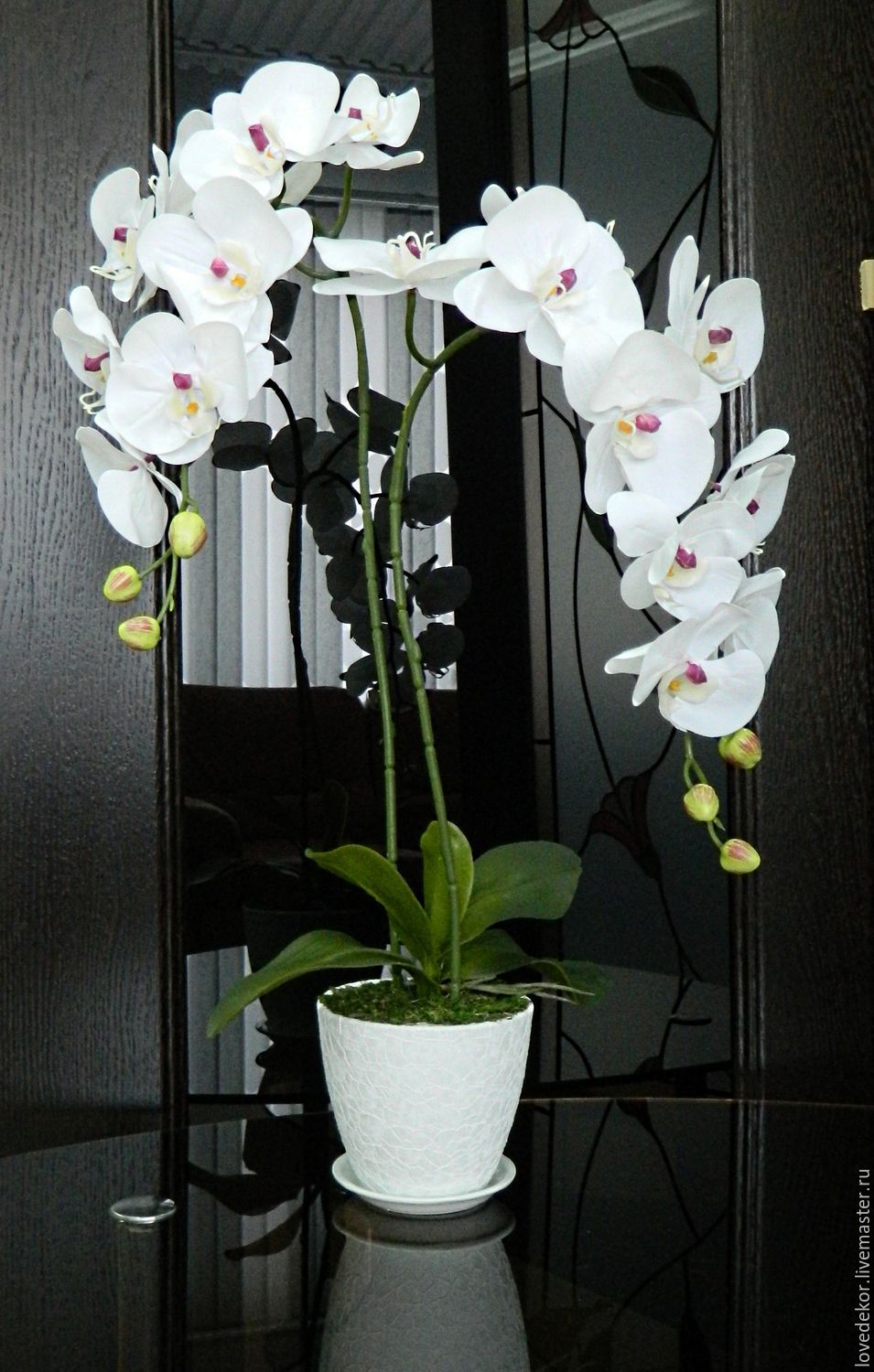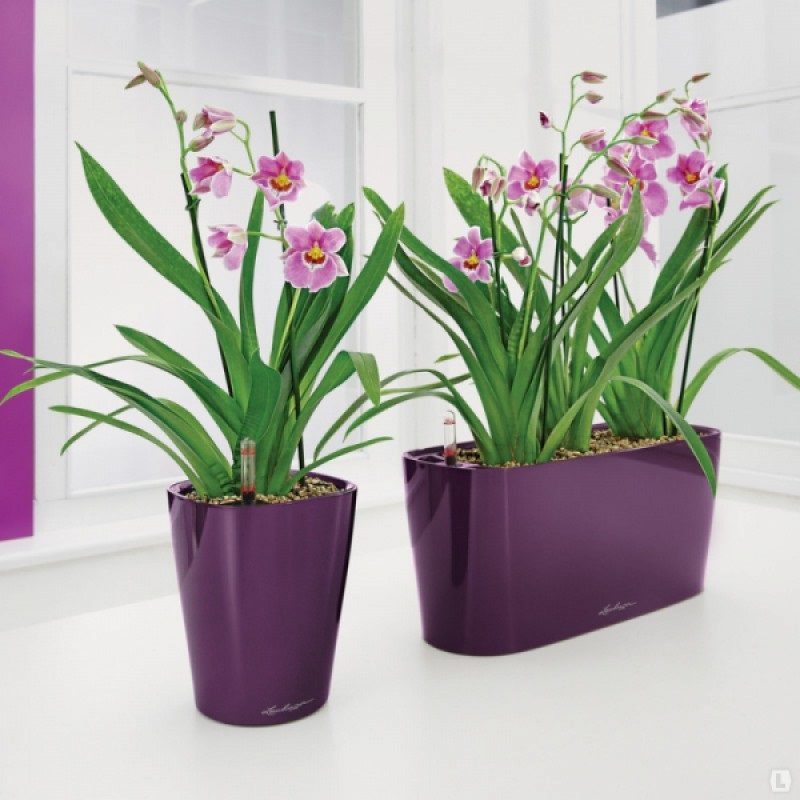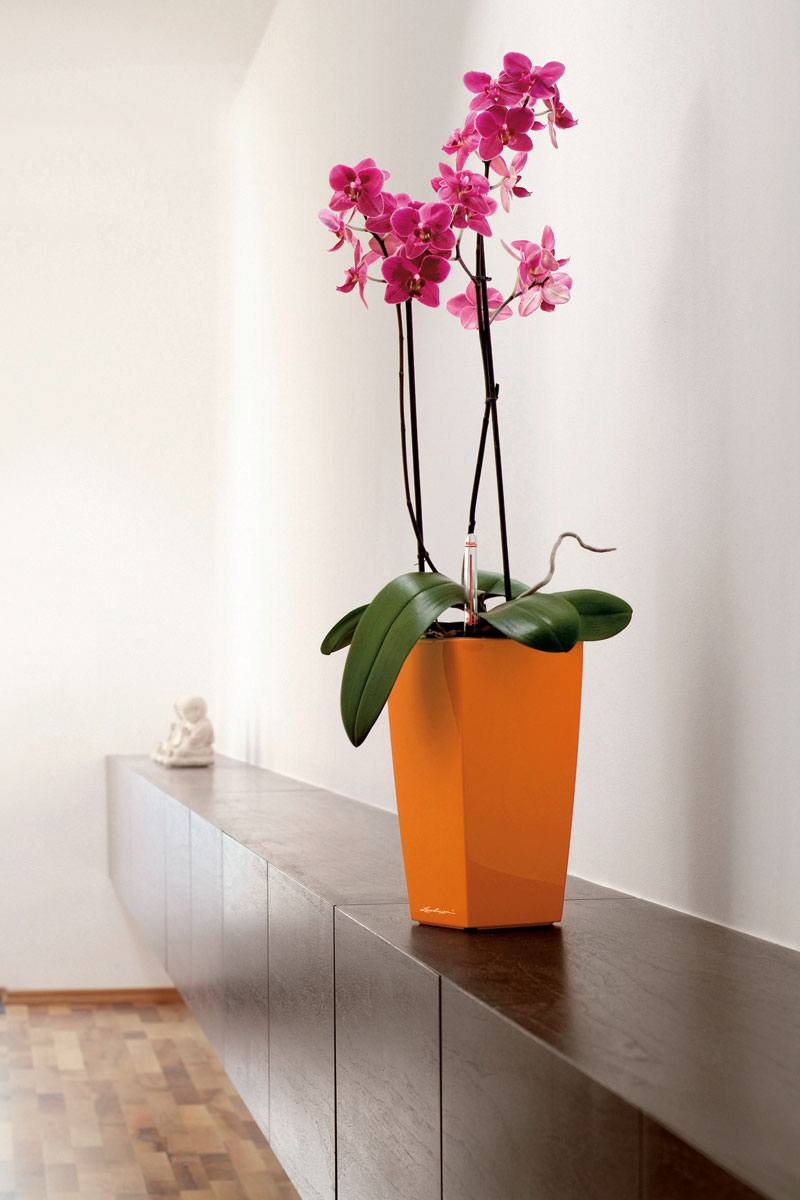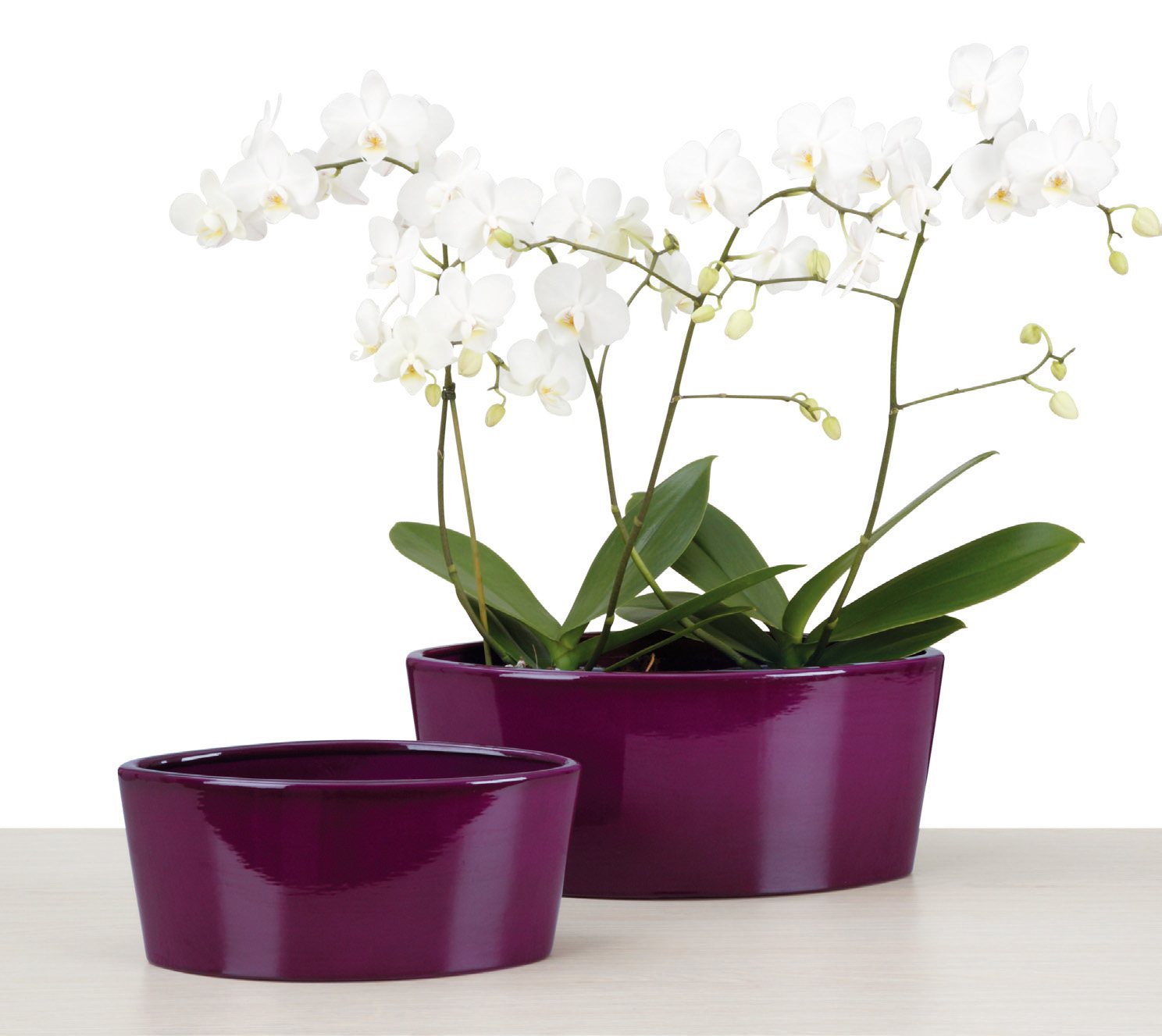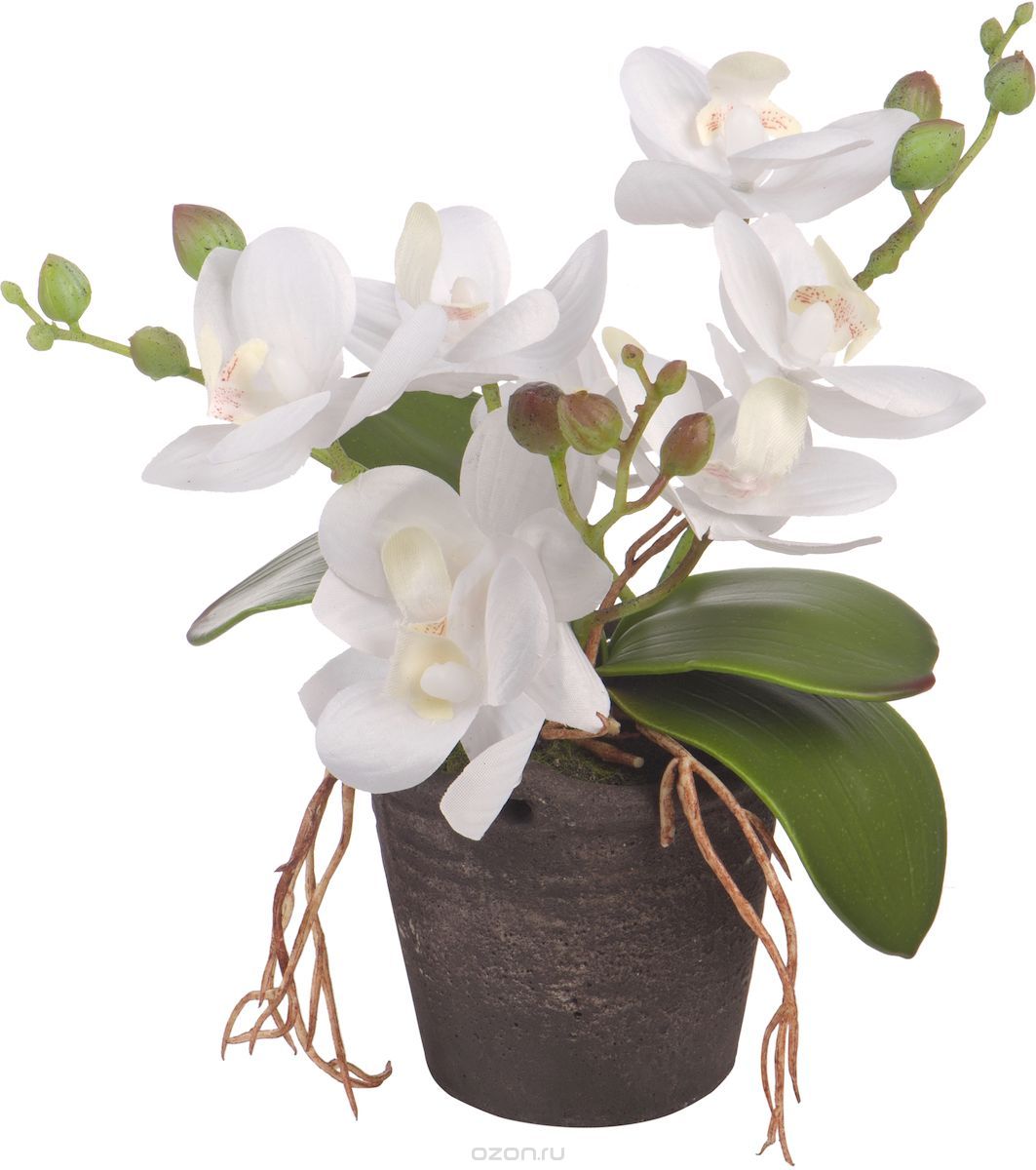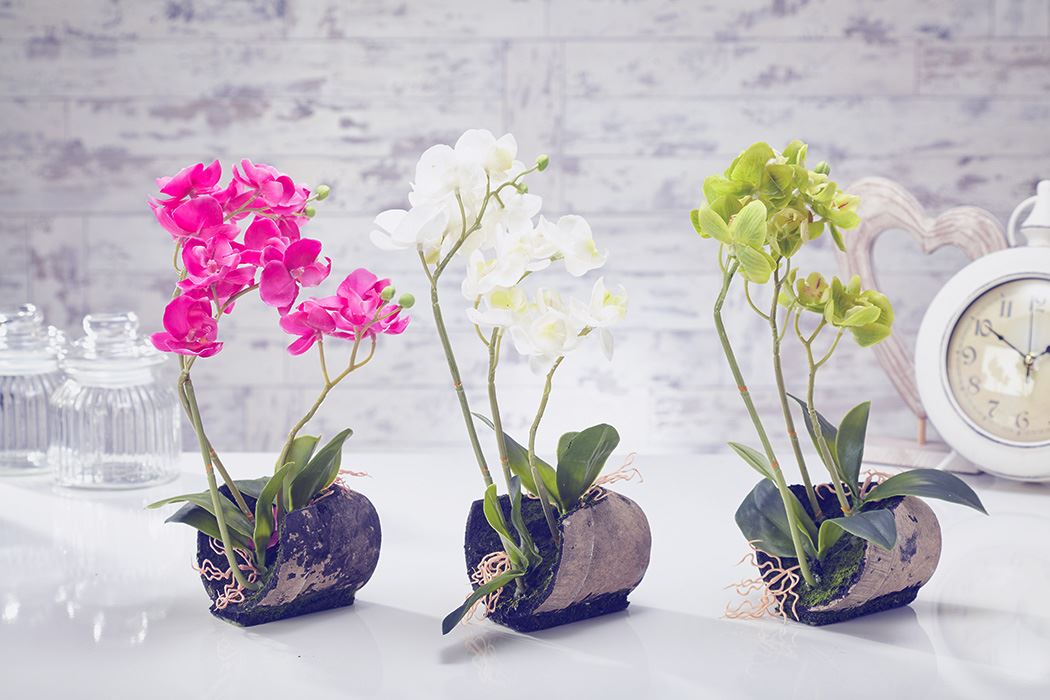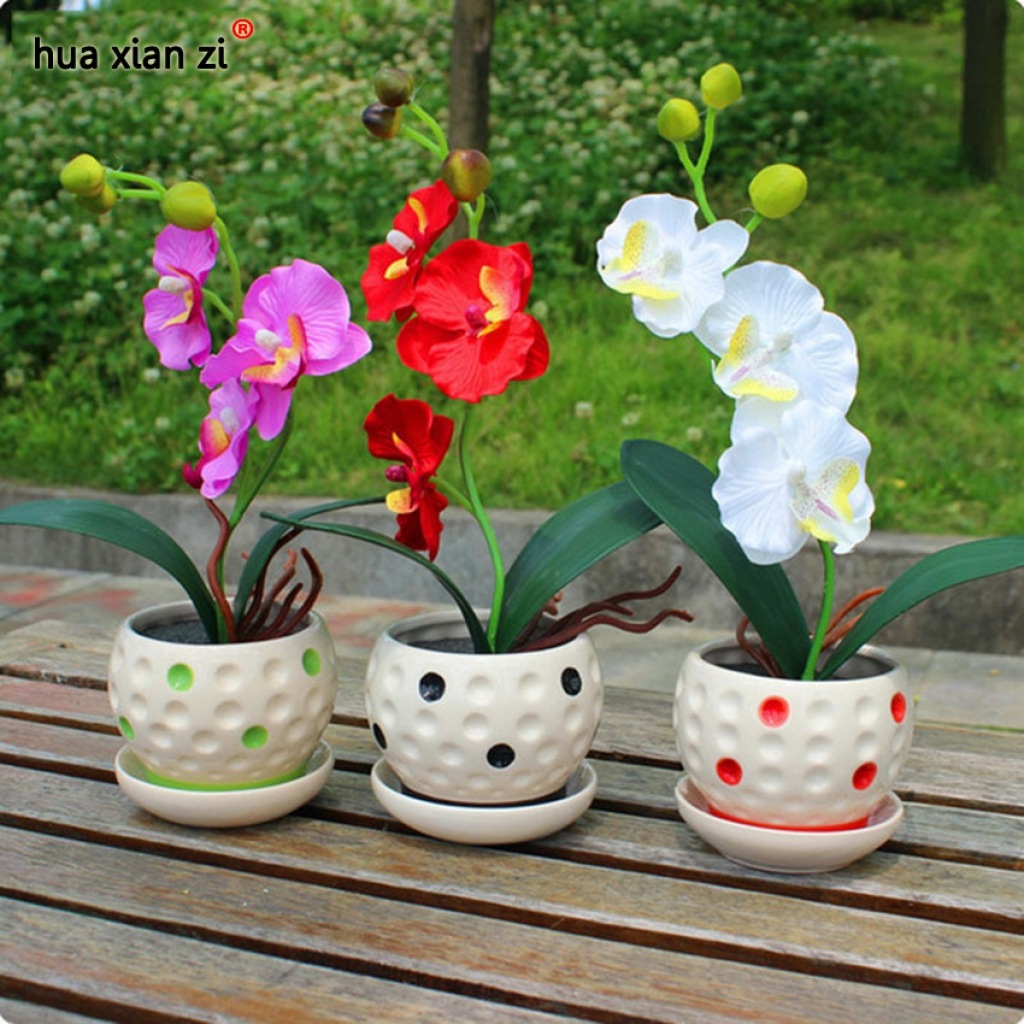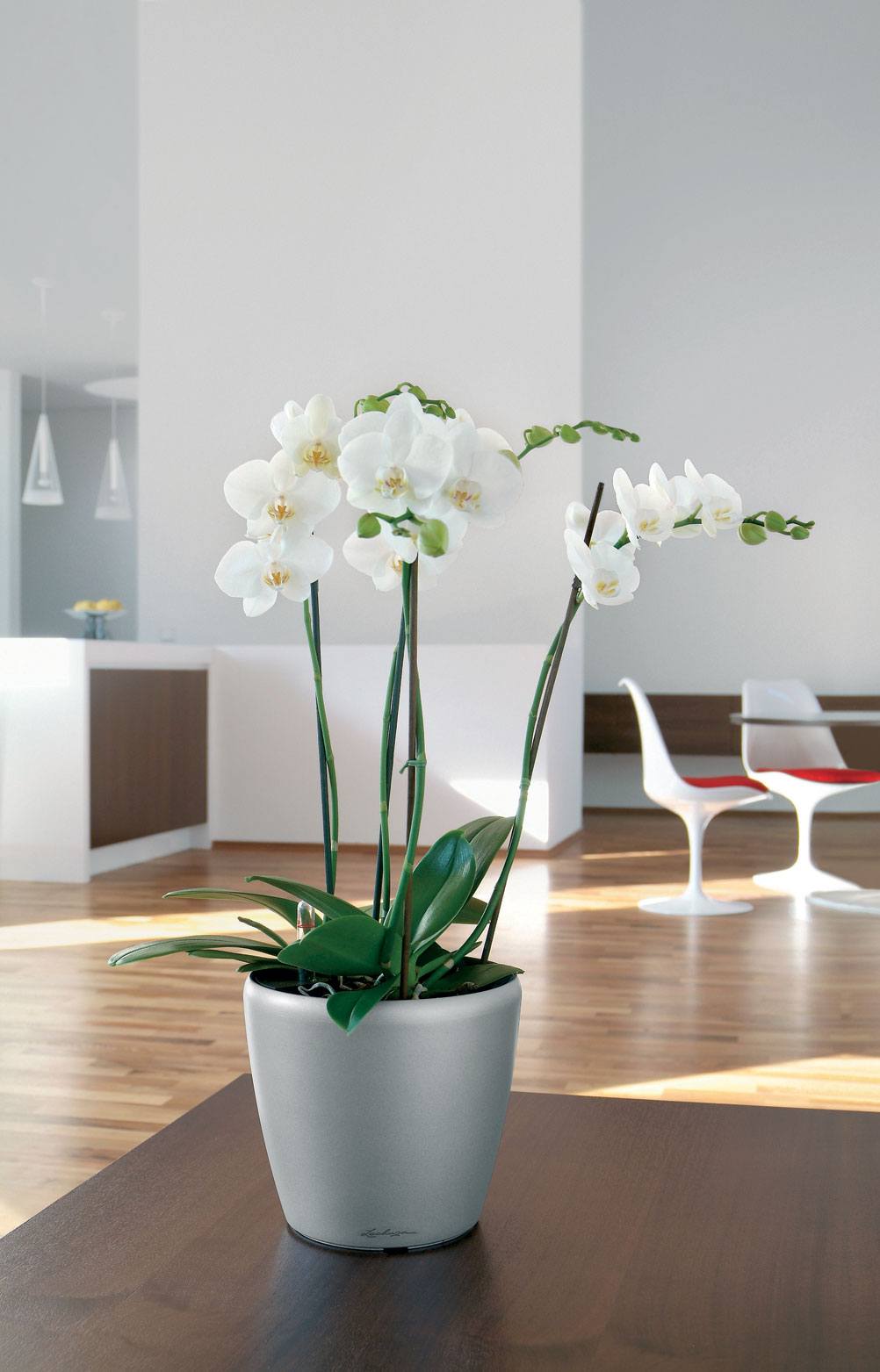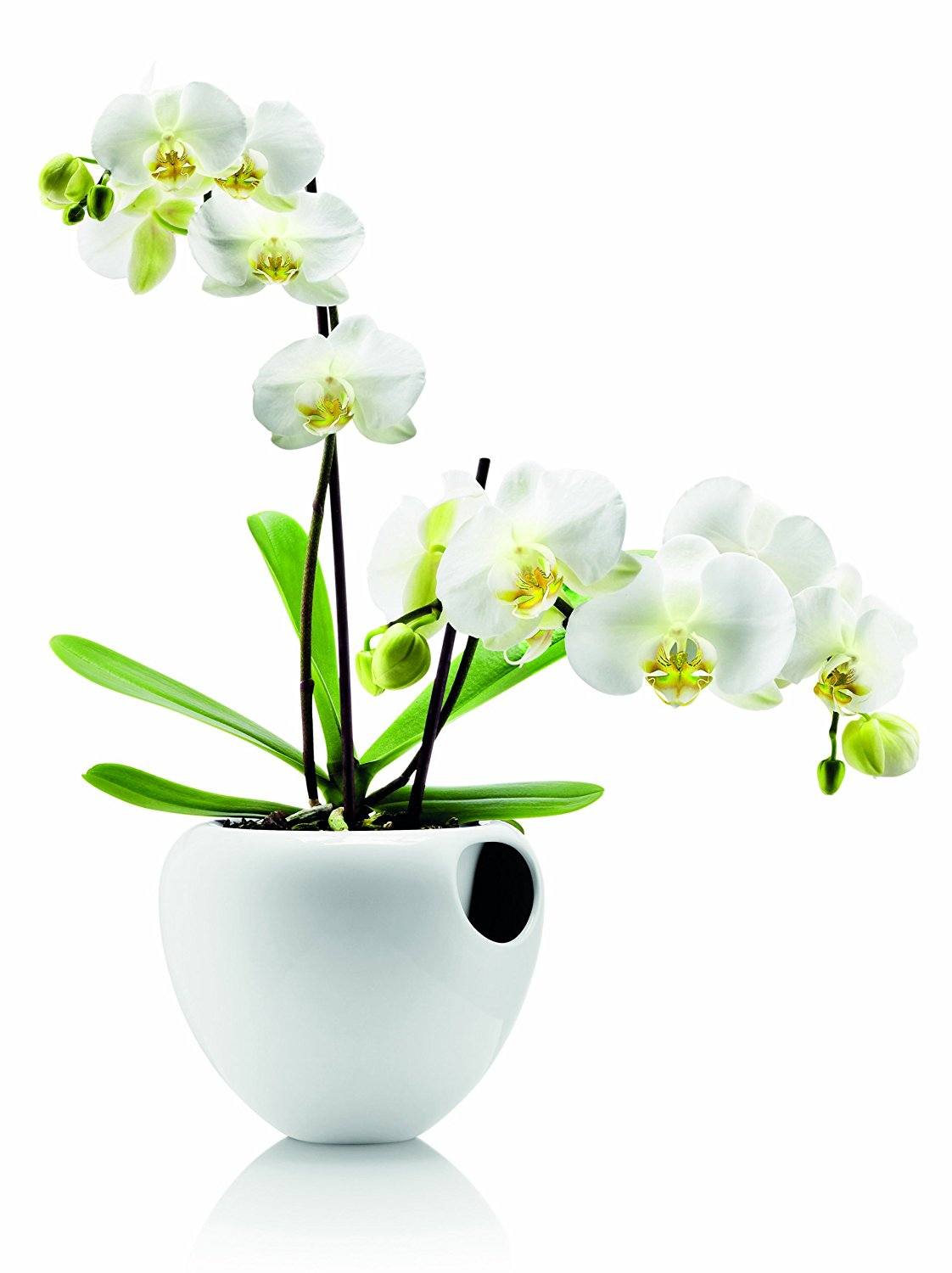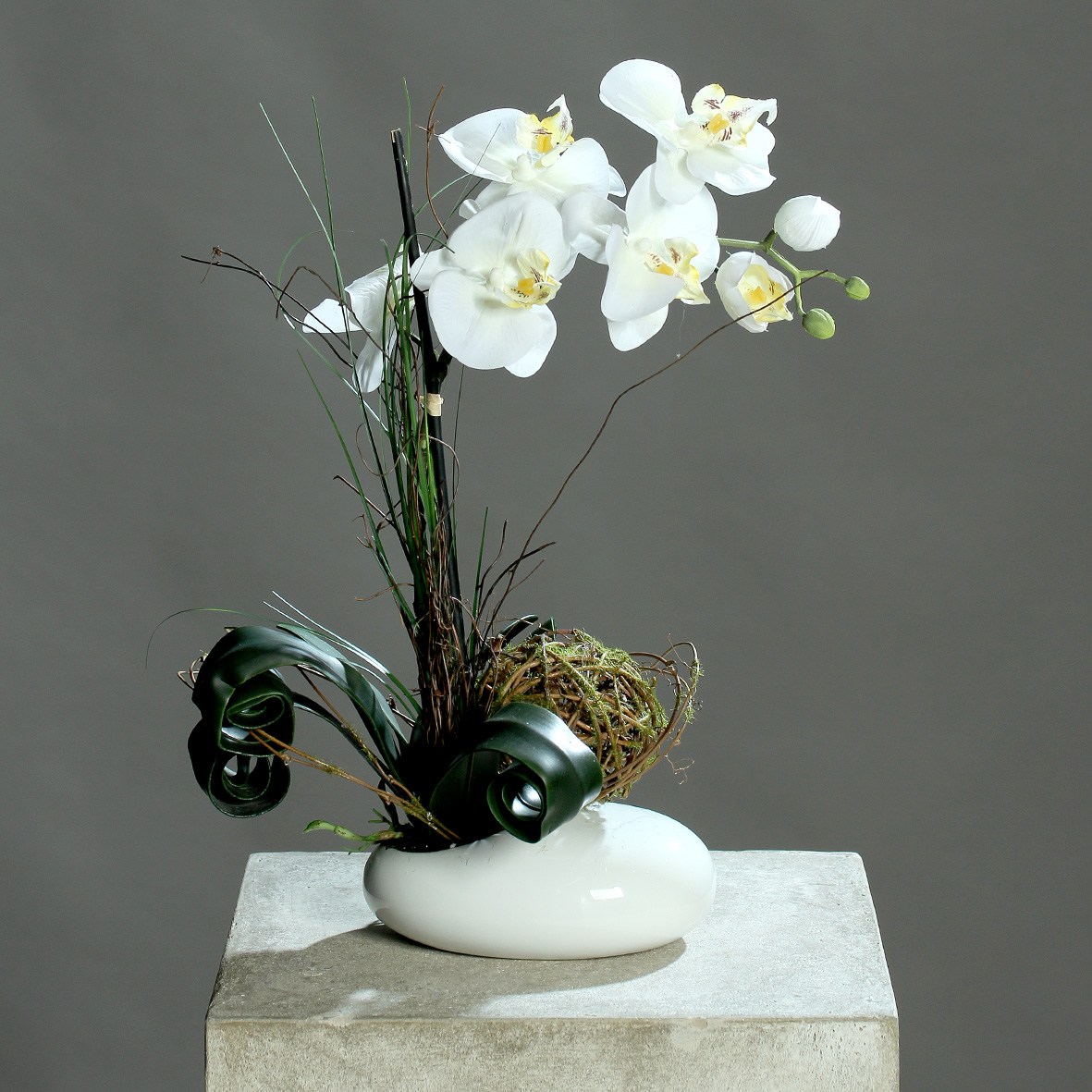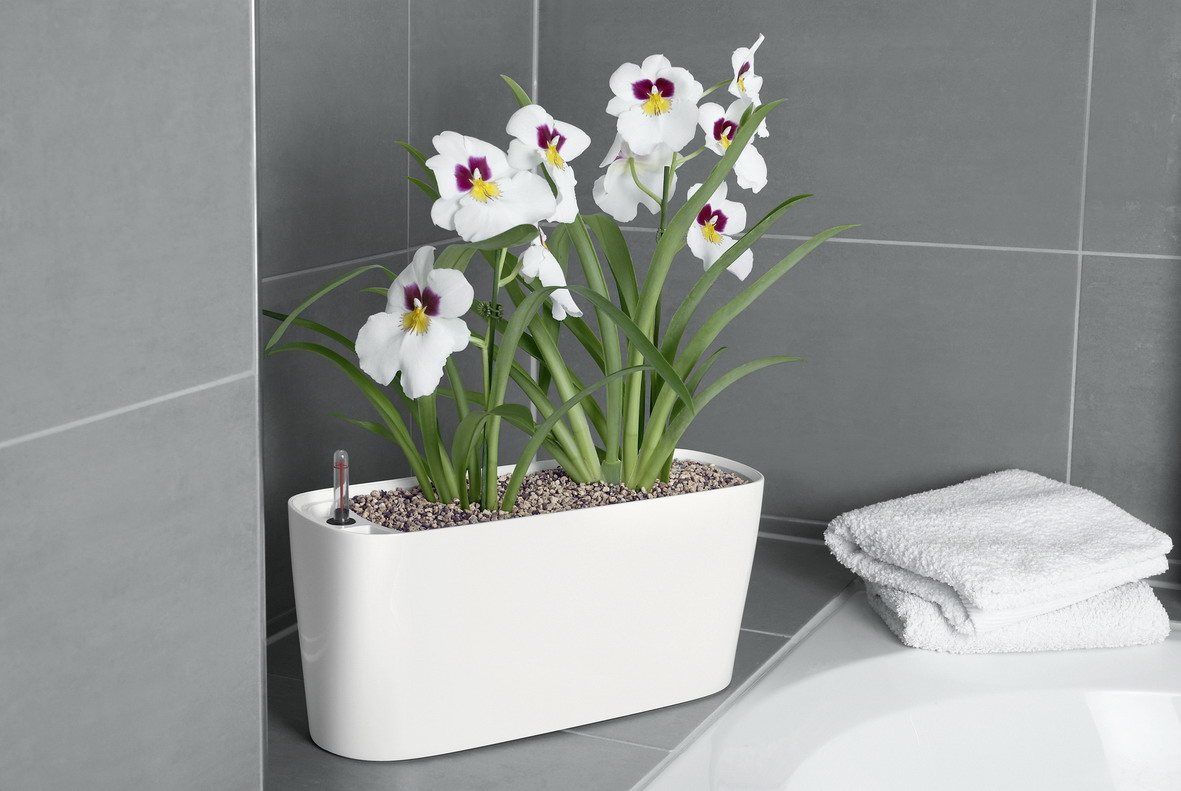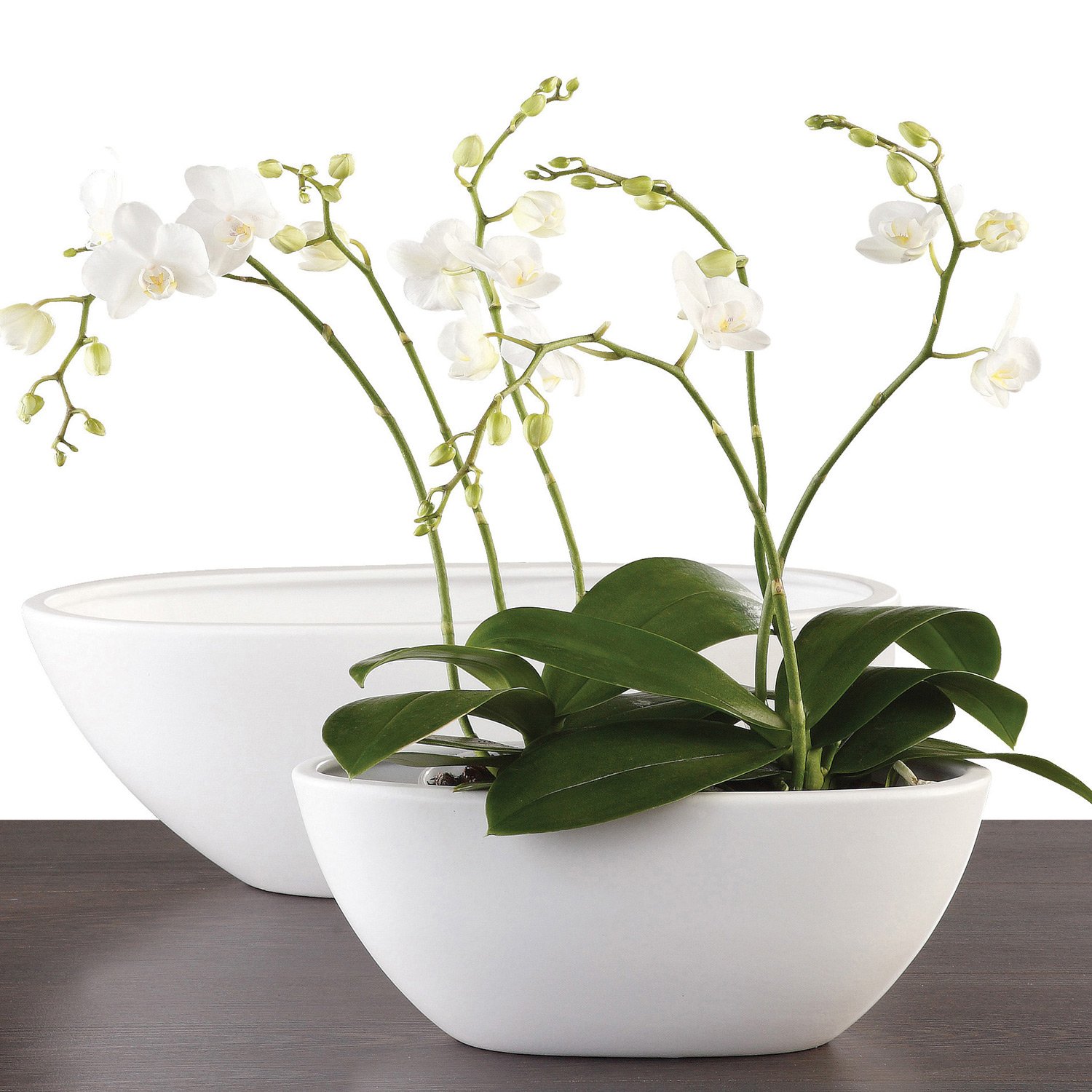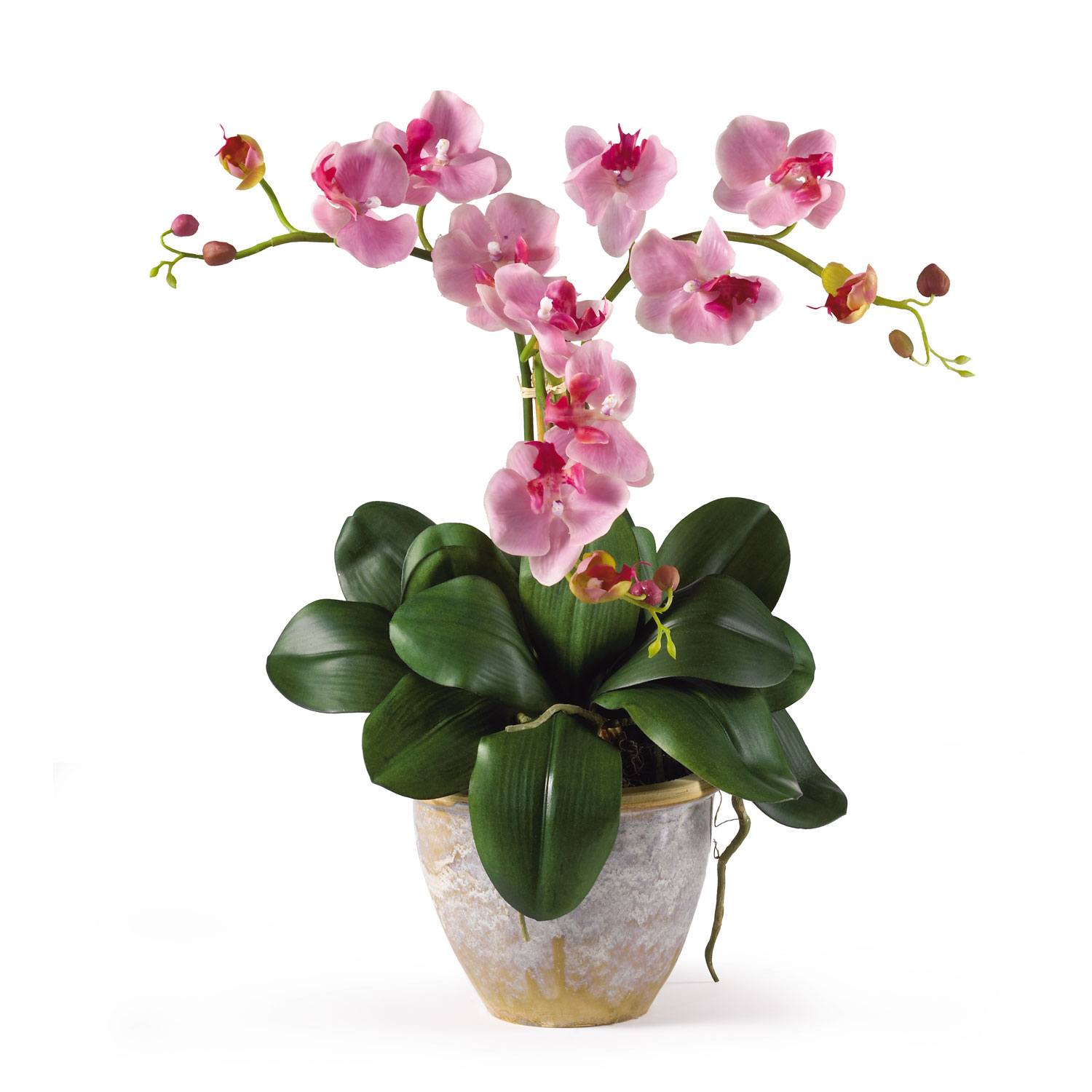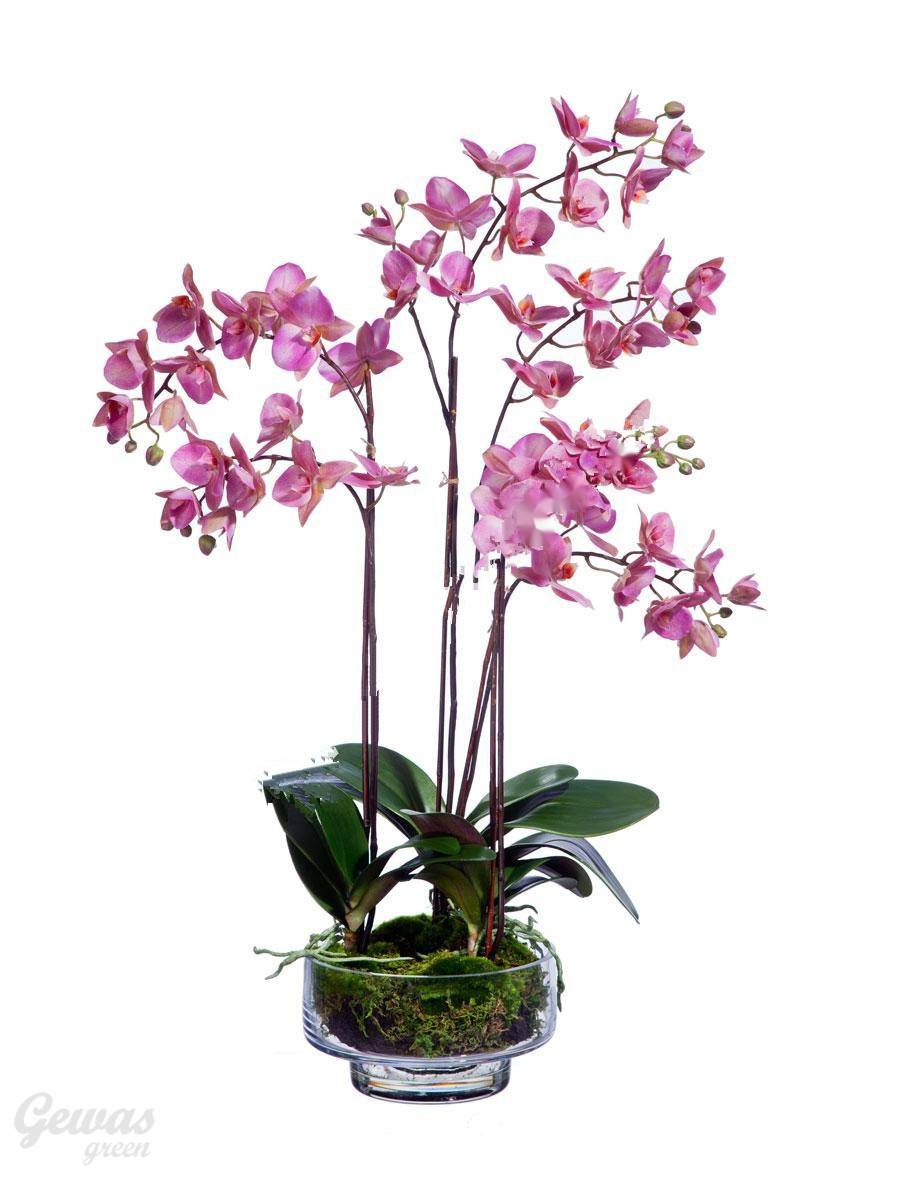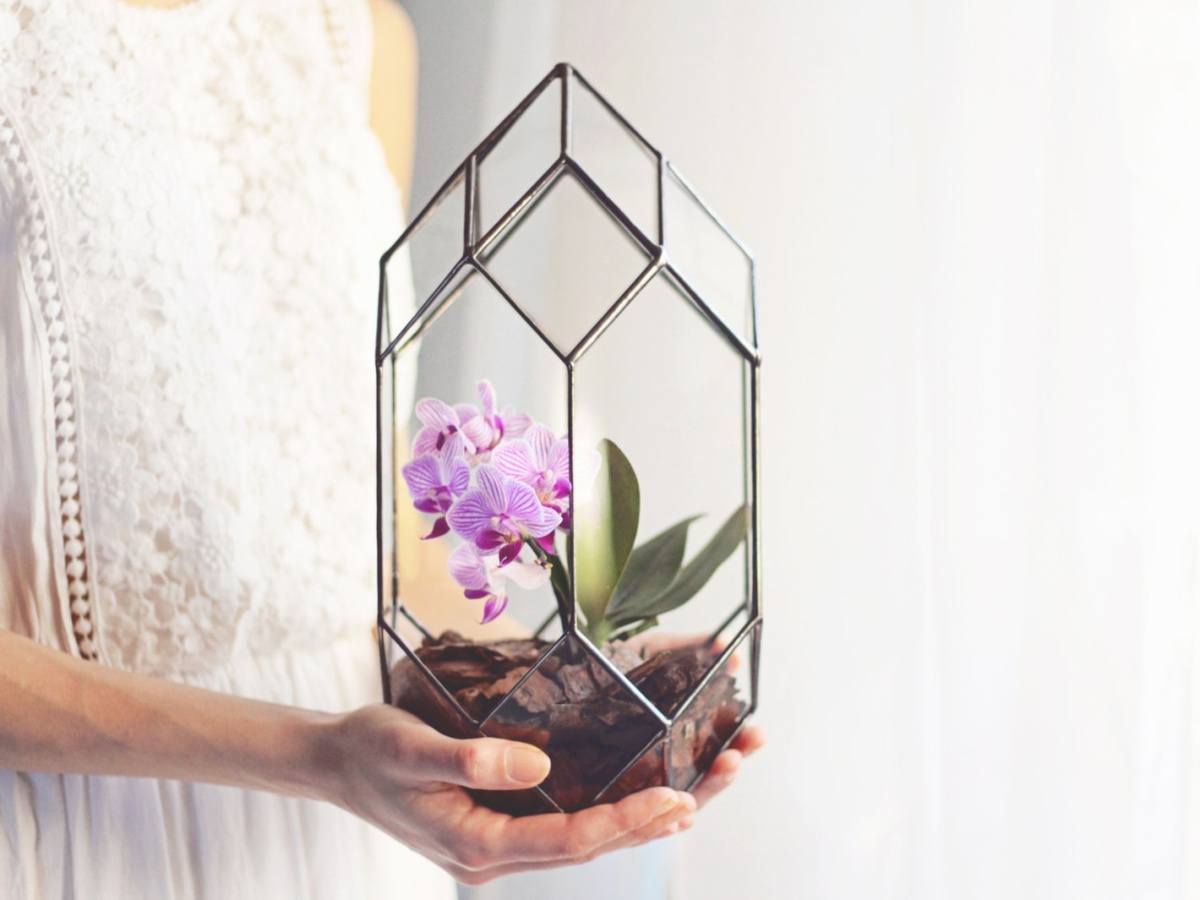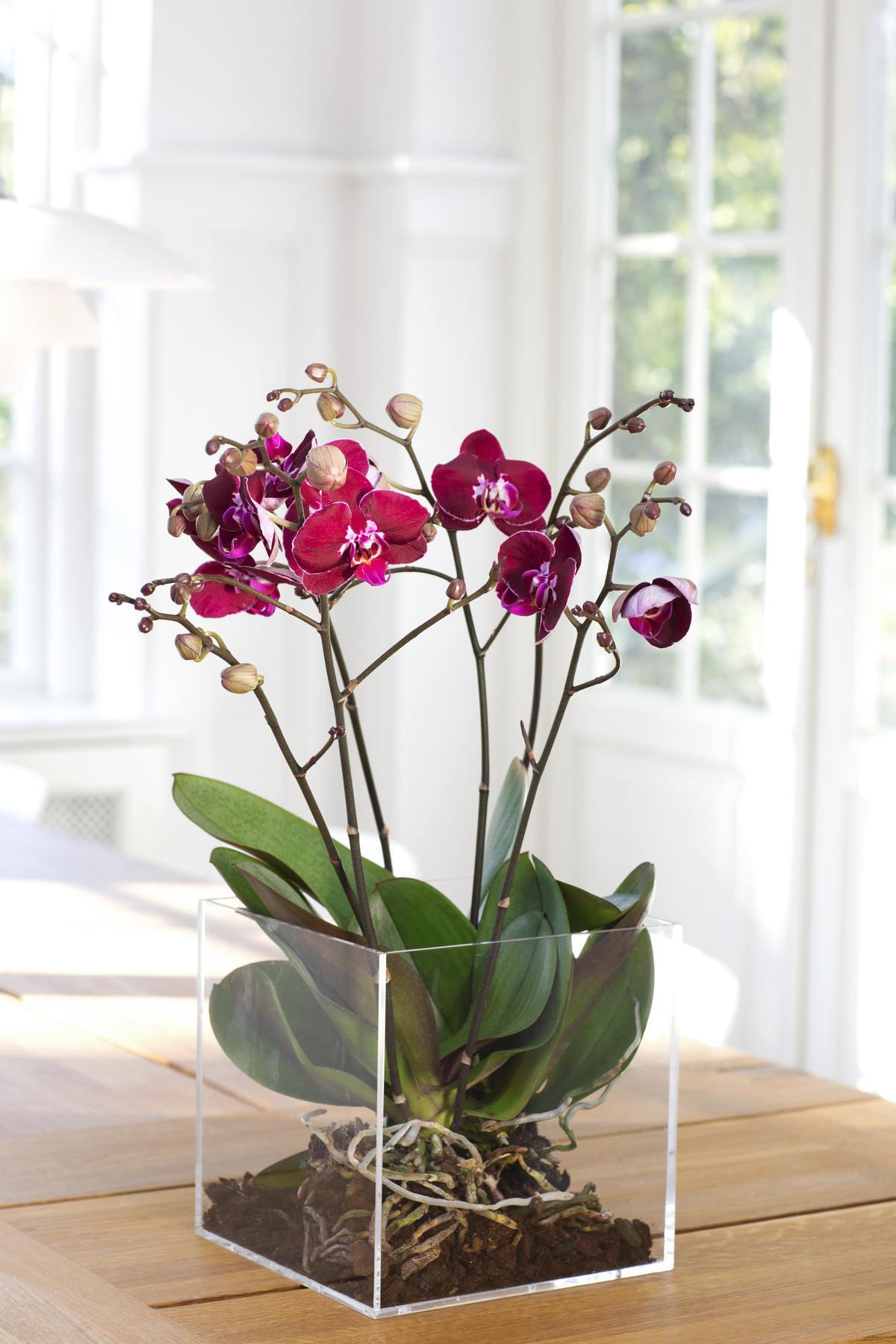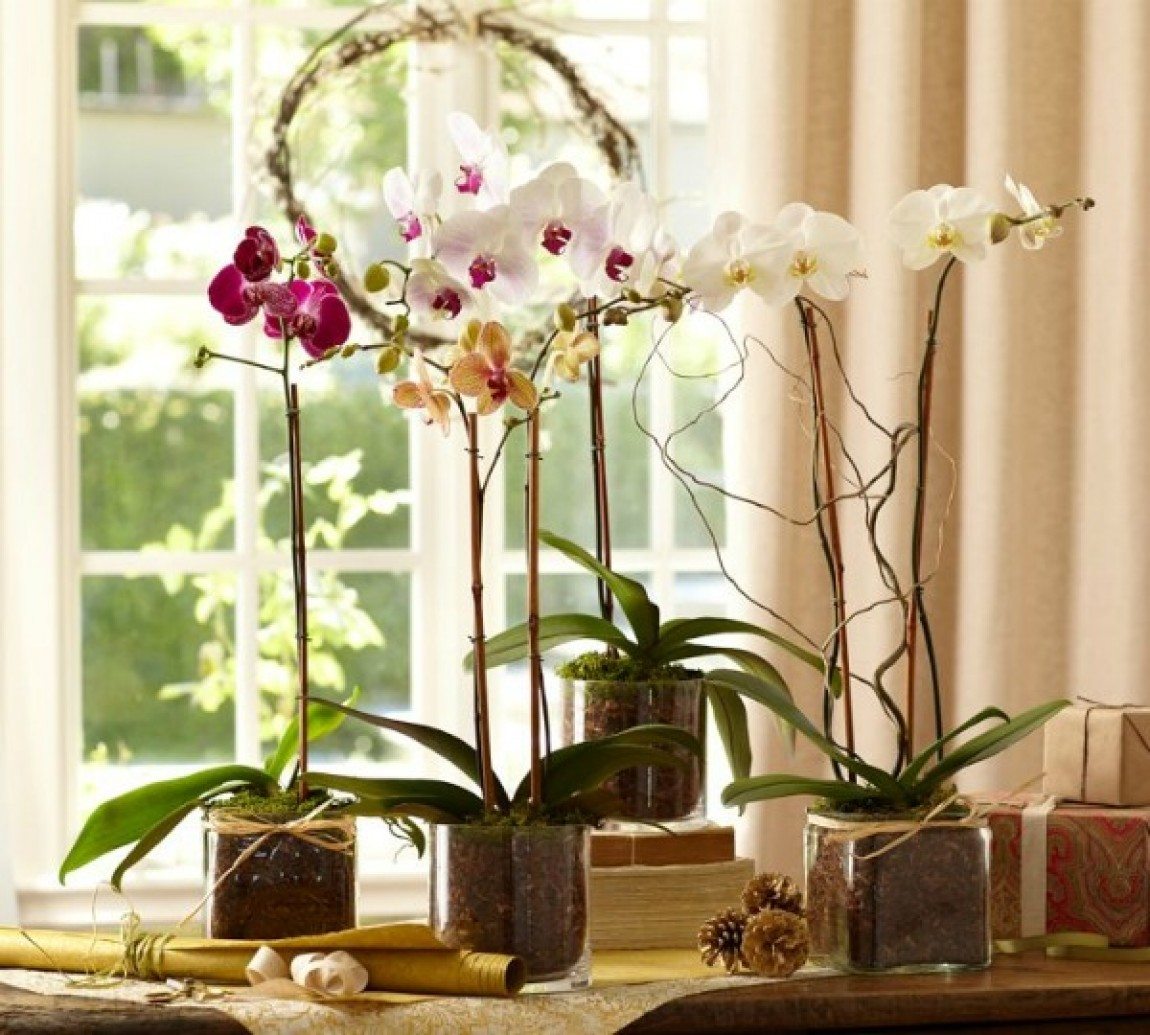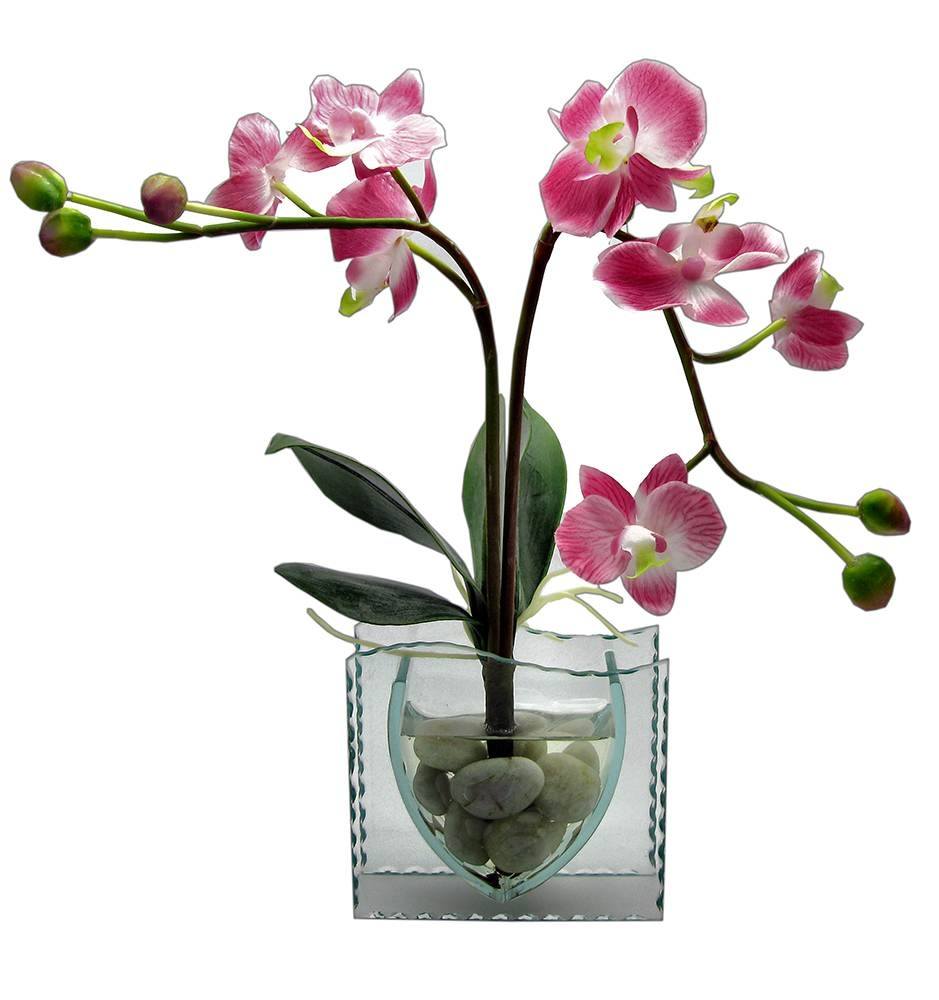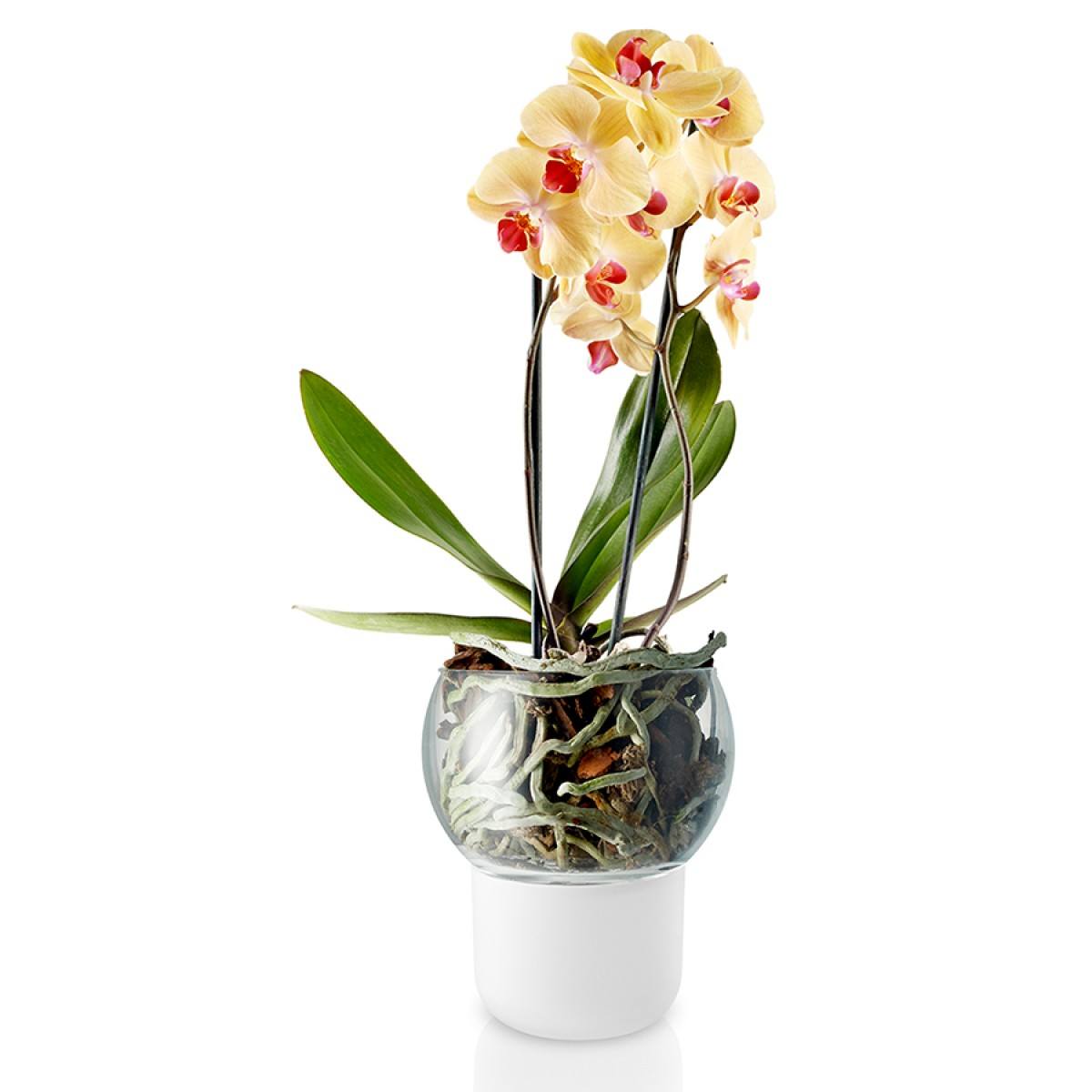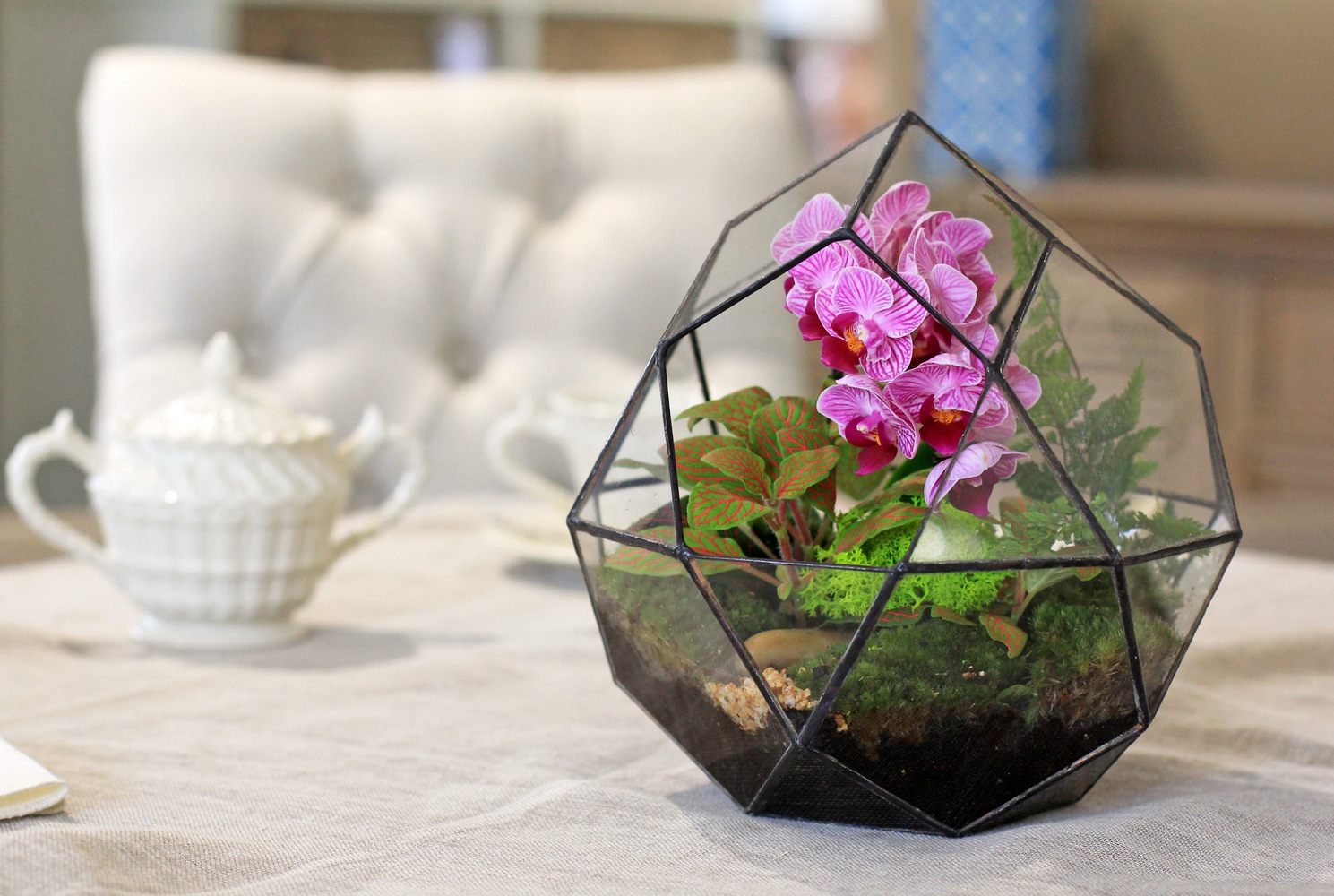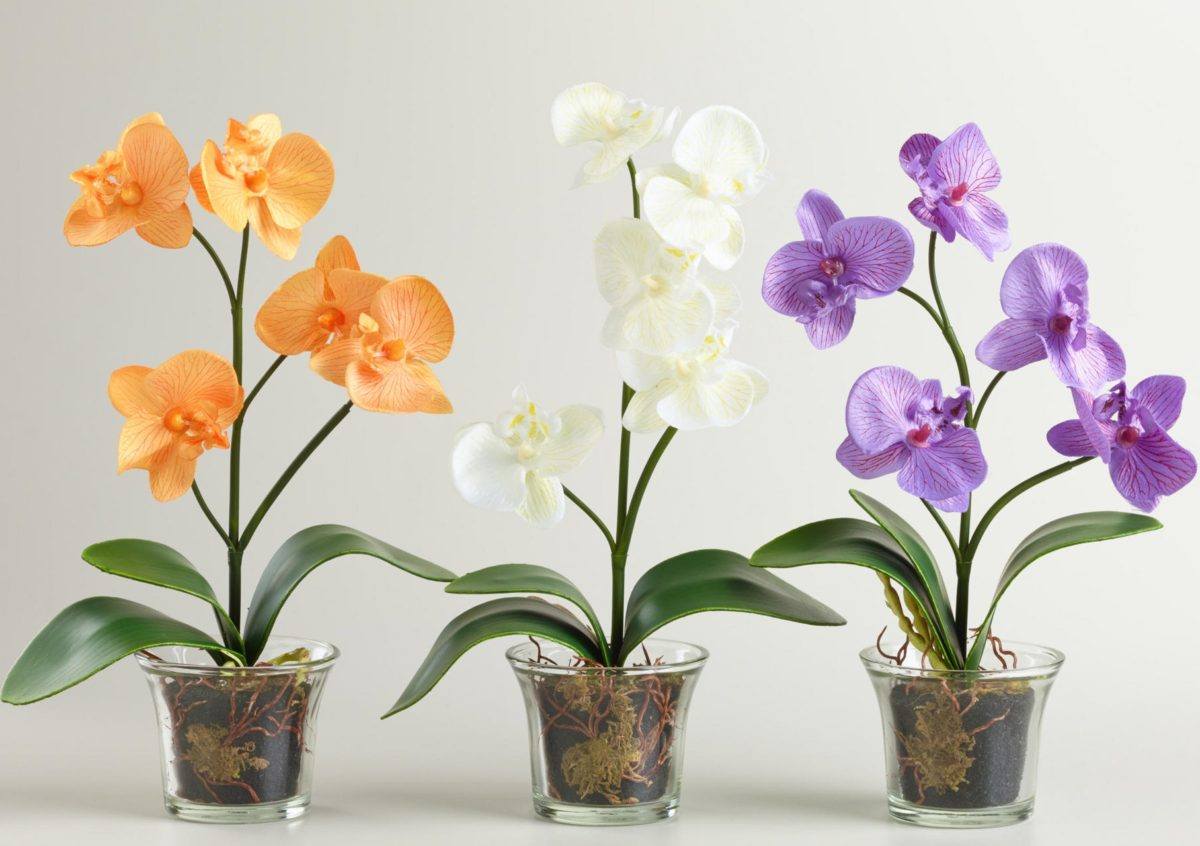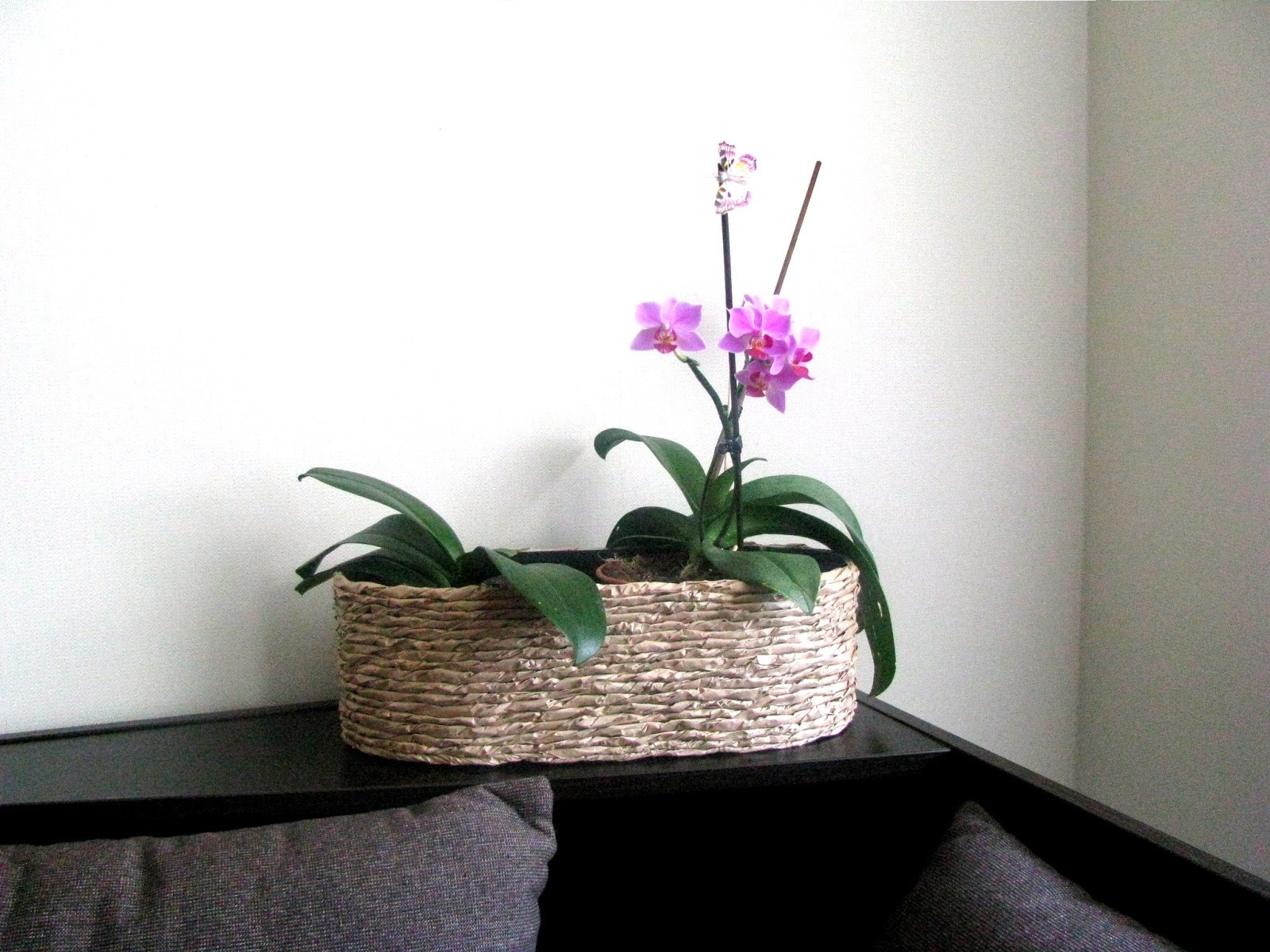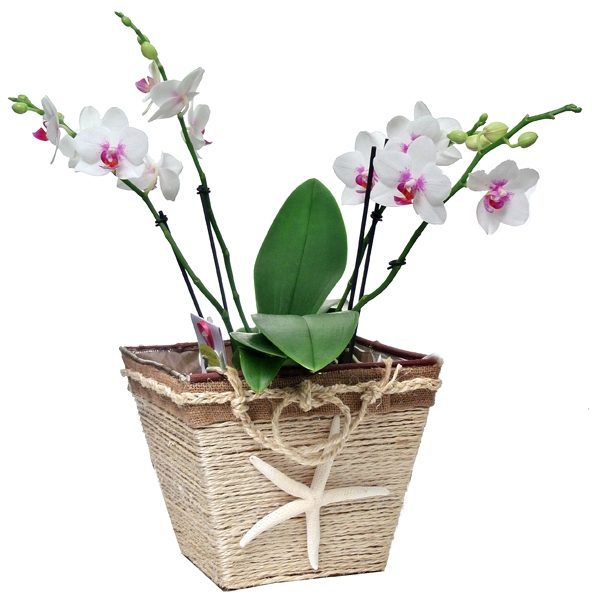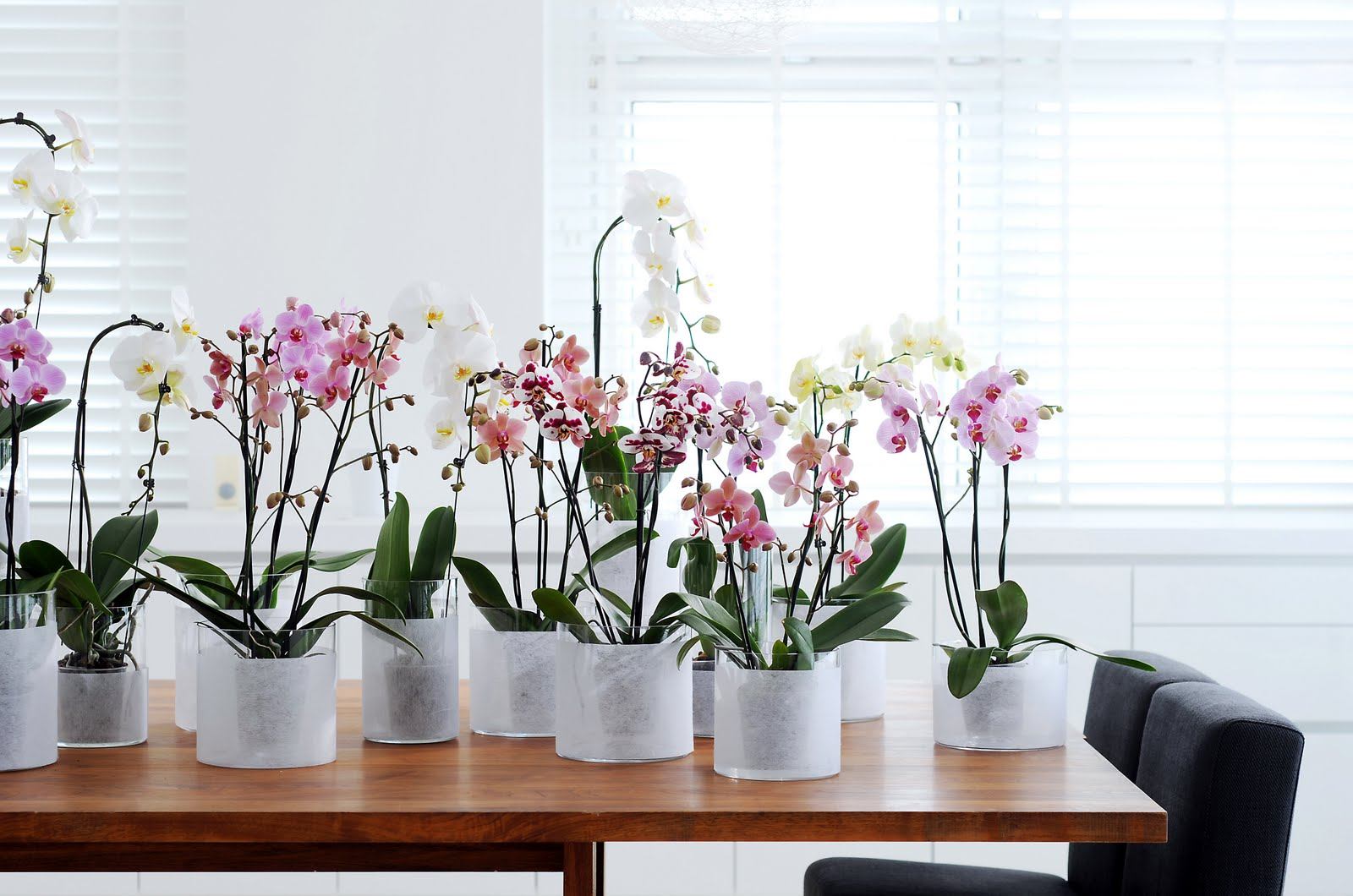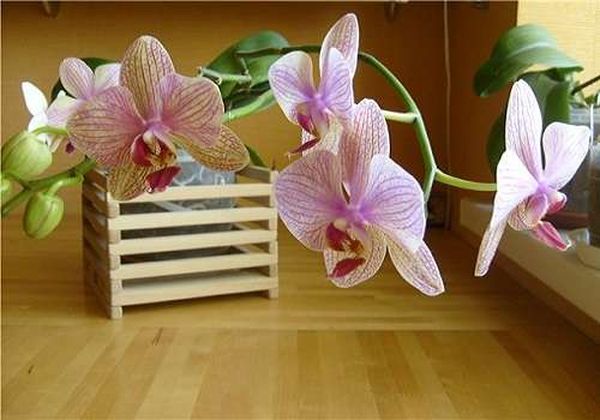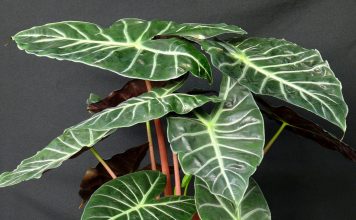Content:
- How to choose a pot for orchids
- Plastic orchid pot
- Orchid clay pot
- Ceramic pots for orchids
- Glass Orchid Pots
- Wicker baskets for orchids
- What size should be a pot for orchids
When buying a pot for indoor plants in the first place we pay attention to its size, decor and their own taste preferences. However, with orchids this will not work.
Among the variety of orchids, only a small part prefers enriched soil, while the rest grow on stony ledges, tree trunks or places where the soil is practically absent. Therefore, pots for domestic orchids are significantly different from the usual flower containers.
How to choose a pot for orchids
Orchids belong to the family of epiphytes and lithophytes, the distinguishing feature of which is the rejection of overwetting roots. When choosing a pot for a plant, it is necessary to consider this fact as the main one.In addition to it, there are several other important requirements for containers.
An ideal orchid pot should provide:
- rapid outflow of moisture from the roots
- active aeration of orchids and substrates inside
- safe extraction of rhizomes that can spread far beyond the pot
- optimum temperature
The roots of some types of orchids in addition to absorbing moisture and nutrients are actively involved in the process of photosynthesis. The best you can choose for such plants is a completely transparent container. This is the most common solution for all varieties of the flower, however, not many people know that orchids will feel great in clay, glass, plastic, ceramic, etc. potted
When buying a container for an orchid, keep in mind that the plant does not need a large amount of substrate, so even for a large plant there will be enough a small pot.
It is important that:
- there were drainage holes in the tank
- the height of the pot was equal to the width of the neck
- the root system was completely placed in the pot
There are also plastic and ceramic bowls for orchids with holes on the side to ensure the air intake of the basket.
Try not to use glass orchid pots. They can injure not only the flower, but also the person. In addition, the glass does not allow the roots to breathe. It can be used as a cache-pot, in which a plastic pot with a plant is placed.
Plastic orchid pot
Plastic - the most common option for orchids. Due to the transparency of this material, you can always assess the state of the root system of a plant. The roots of the flower easily glide over the plastic surface and do not adhere to it.
Plastic perfectly retains heat, which eliminates the supercooling of the roots and plants as a whole.
Among the drawbacks of a plastic container can be noted ordinary appearance, airtightness, which, however, can be solved by drilling the side holes.
Orchid clay pot
Clay containers are most often used for Phalaenopsis planting. They have many advantages:
- it is an environmentally friendly material, which, thanks to its porous structure, is well breathable, not allowing moisture to stand in a pot
- clay bowls and pots are very resistant and less prone to turning
The main disadvantage of clay pots is the intense evaporation of moisture near the heaters. This leads to supercooling of the roots. In addition, the rough inner surface of the container is an ideal mount for the roots, which are firmly attached to it. Attempting to tear the roots off the walls leads to damage to them.
Ceramic pots for orchids
An alternative to clay containers is ceramic pots. They retain moisture well and are resistant to any surface. Glazed walls do not allow the roots of the flower to grow to them and be damaged.
But if clay and transparent pots accumulate heat in themselves, ceramic, on the contrary, gives it away. If the room is always hot, then such a container is the best option, but still it is not recommended to place the flower in the winter time on the windowsill.
Orchids look especially impressive in Chinese ceramic vessels. They are represented by openwork vases with legs, more like a basket. In such a capacity, the roots of the flower breathe perfectly, although the substrate dries quickly.
Glass Orchid Pots
Among the florists and simply lovers of orchids, the debate is not dying out whether it is worth planting an orchid in a glass jar. Proponents of glass claim that it will help out if the humidity in the room is low. It uses a thick layer of drainage, which prevents waterlogging of the roots.
Opponents of glass pots claim that the stagnation of moisture in such a container is guaranteed because of what the plant can die.
One thing is clear that glass containers are suitable for only several types of orchids, for example, under a vanda, whose root system does not require photosynthesis.
Wicker baskets for orchids
Wicker containers are a great compromise between natural and technologically advanced materials. They are made of bamboo, wood interspersed with plastic parts.
The natural qualities of the material make it possible to create optimal conditions for the orchid root system, protecting it from overheating and overcooling. The porous structure of bamboo does not allow moisture to stagnate in the pot and ensures good air circulation. However, watering the plant in a wicker pot will have much more often.
What size should be a pot for orchids
In addition to the material of the pot, its size is no less important for the active growth and flowering of the orchid. The plant does not like too large containers, so it is preferable to use narrow containers in which the entire root system is placed.
The optimal parameters for an orchid are the same value of the diameter and height of the pot. Too large containers will lead to the fact that moisture will flow to the roots unevenly, which ultimately will lead to their rotting. In turn, high and narrow containers often overturn due to the lack of proper support.
When choosing the best capacity for an orchid, you should stop at a pot in which the flower will be visually a bit cramped.
Many housewives make their own containers for orchids and place plastic or ceramic pots in them. This solution looks unusual and stylish. It uses sticks of bamboo or wood, held together with copper wire or almost invisible fishing line.
Despite the fact that orchids are considered to be quite capricious plants, they feel great in a variety of containers. It is important to inquire in advance about the variety of your orchid and choose the best pot for the plant, in which it will constantly delight you with flowers of incredible beauty.

























